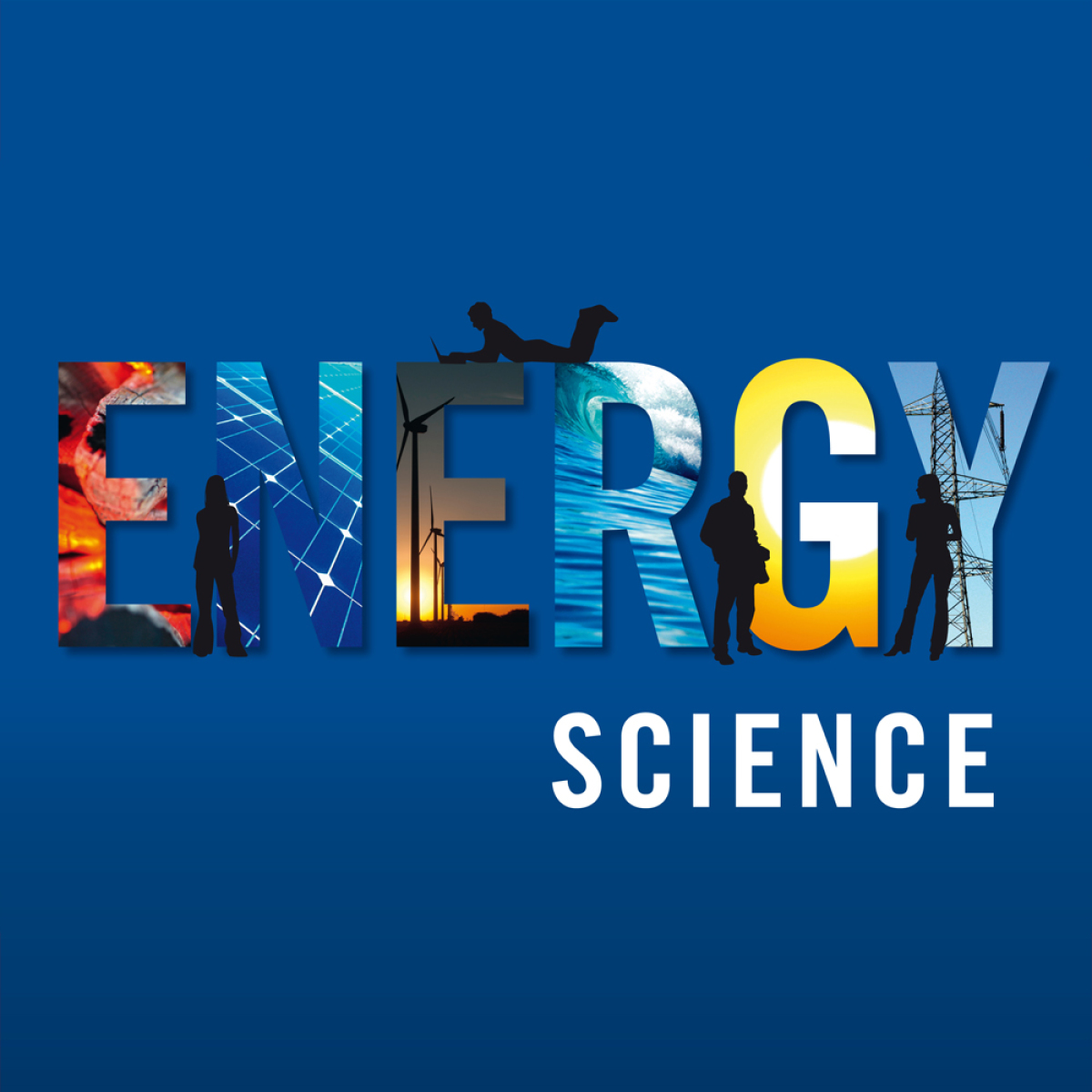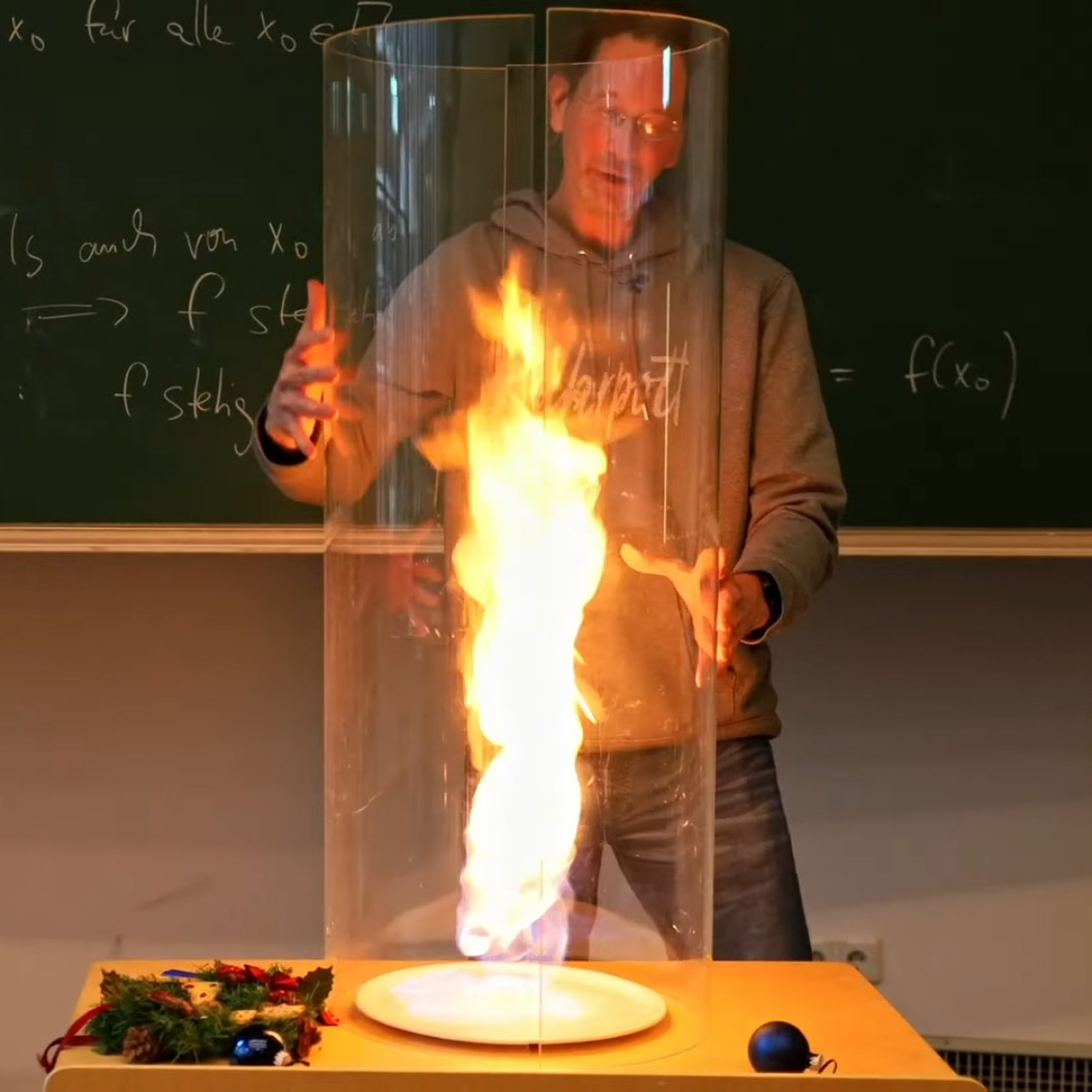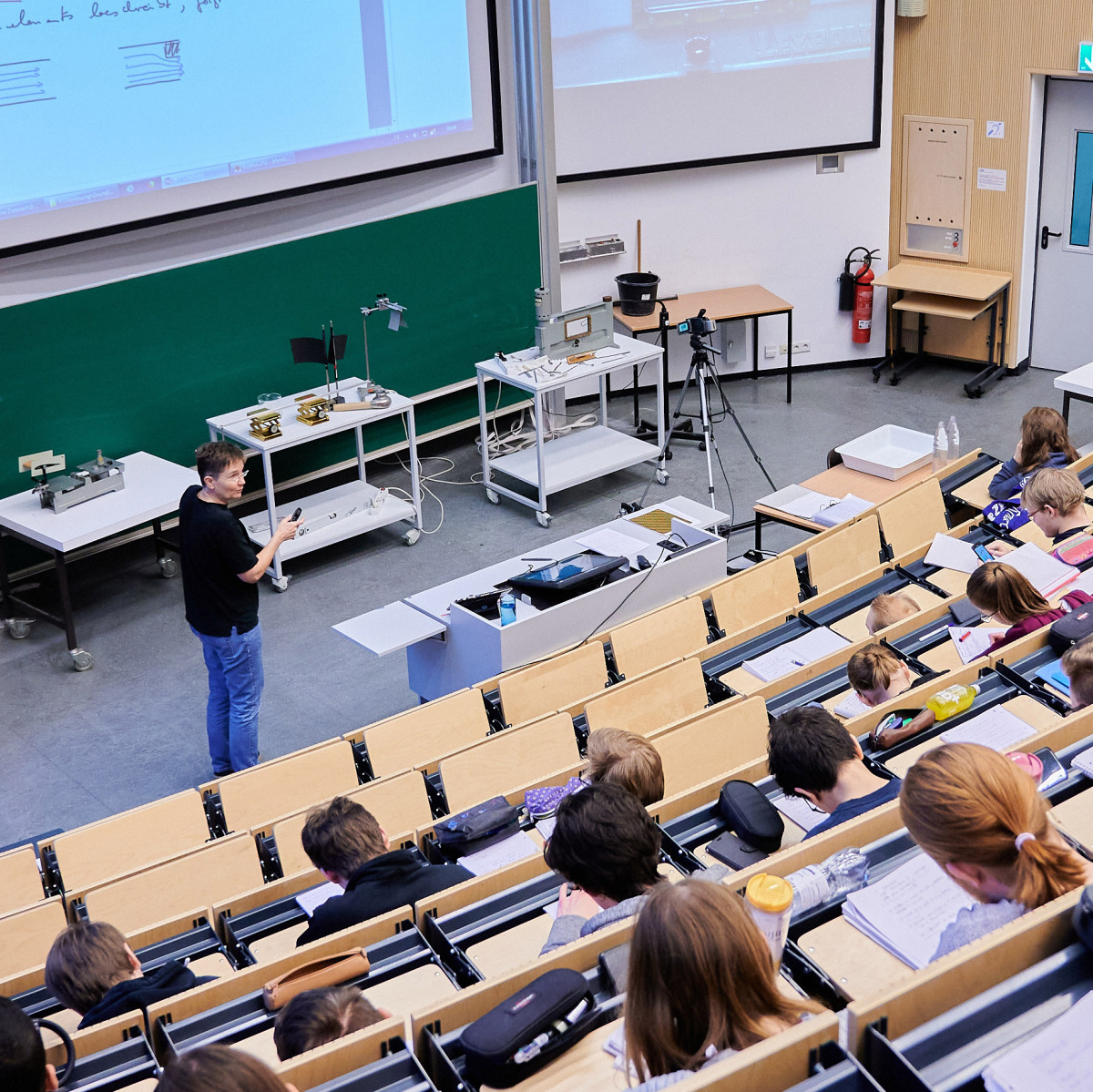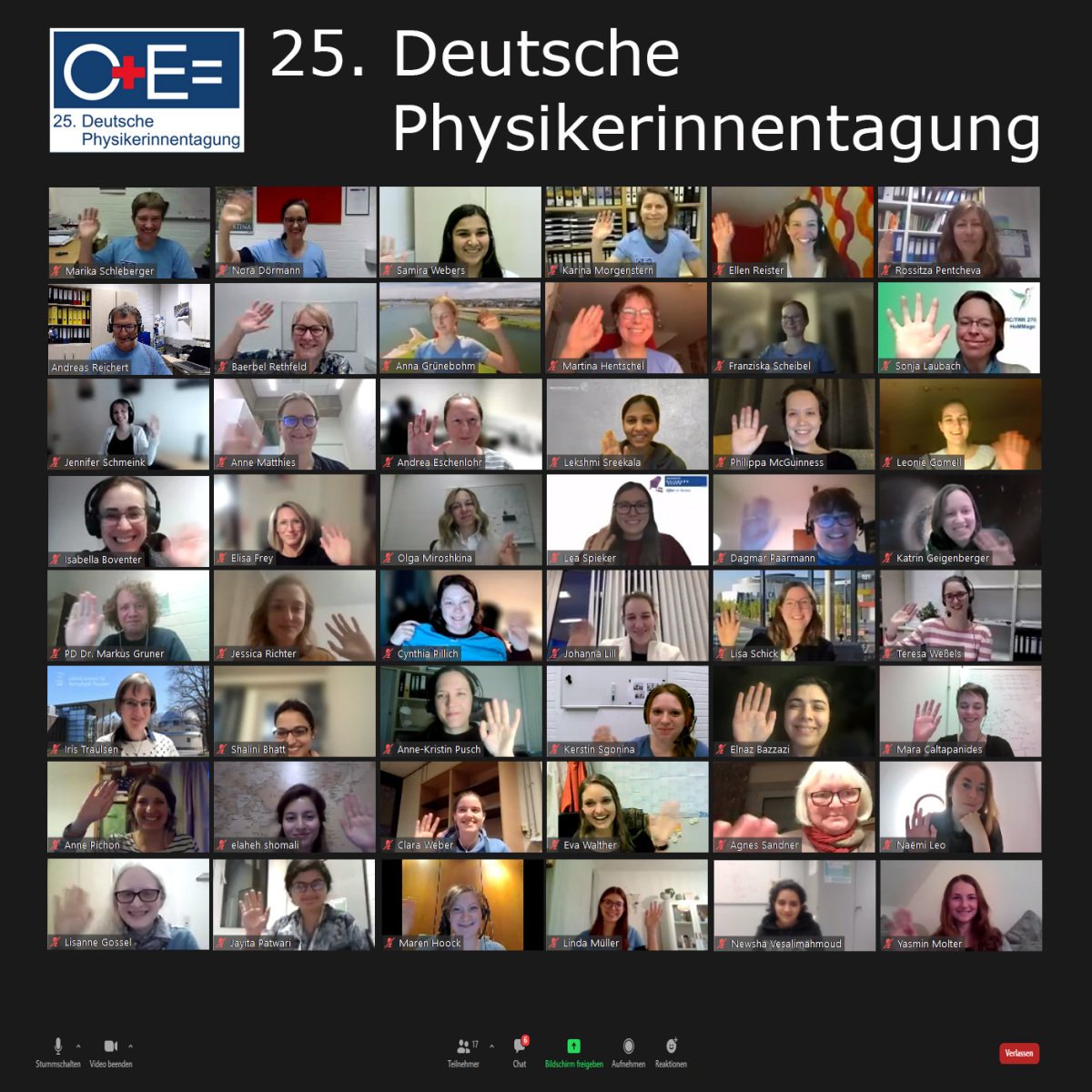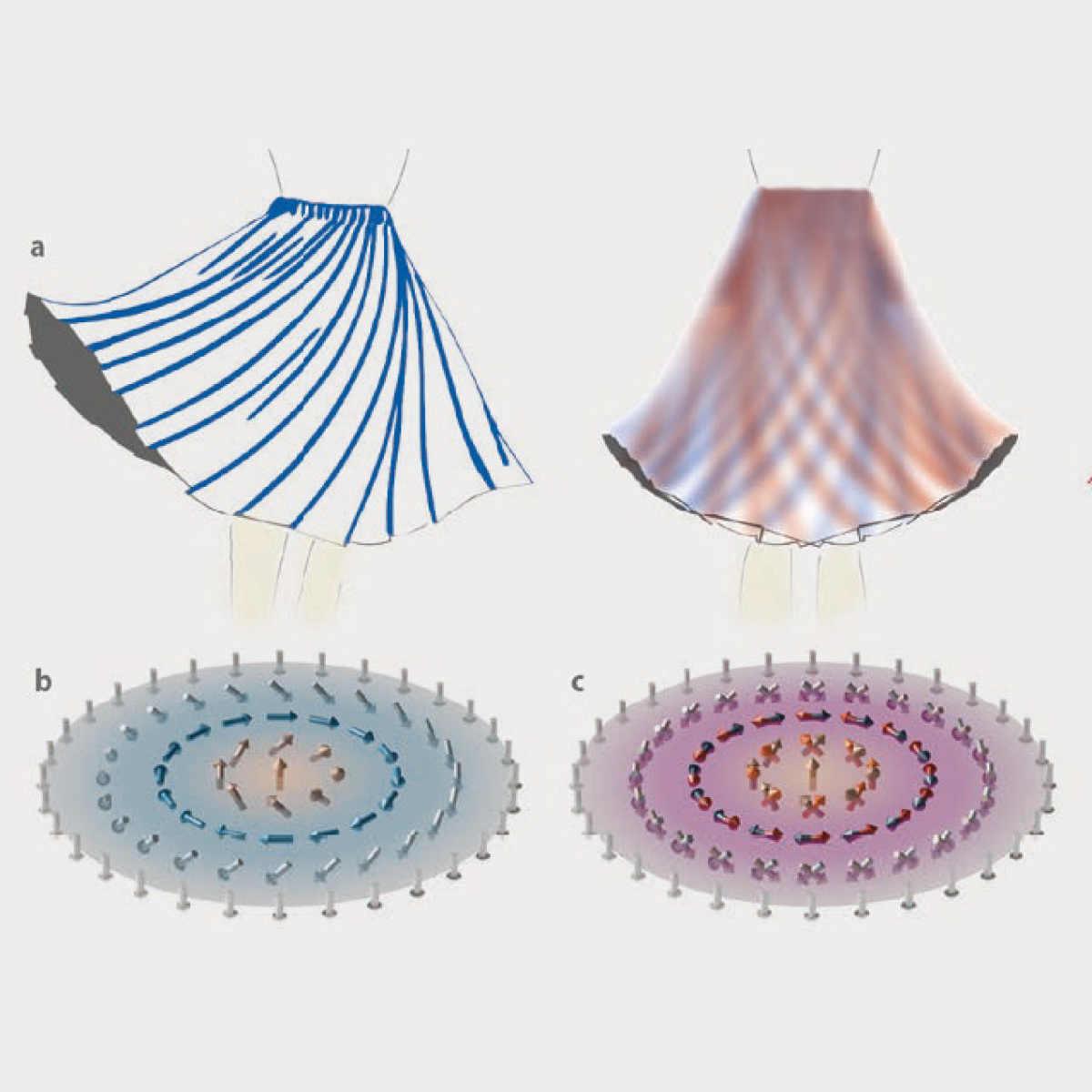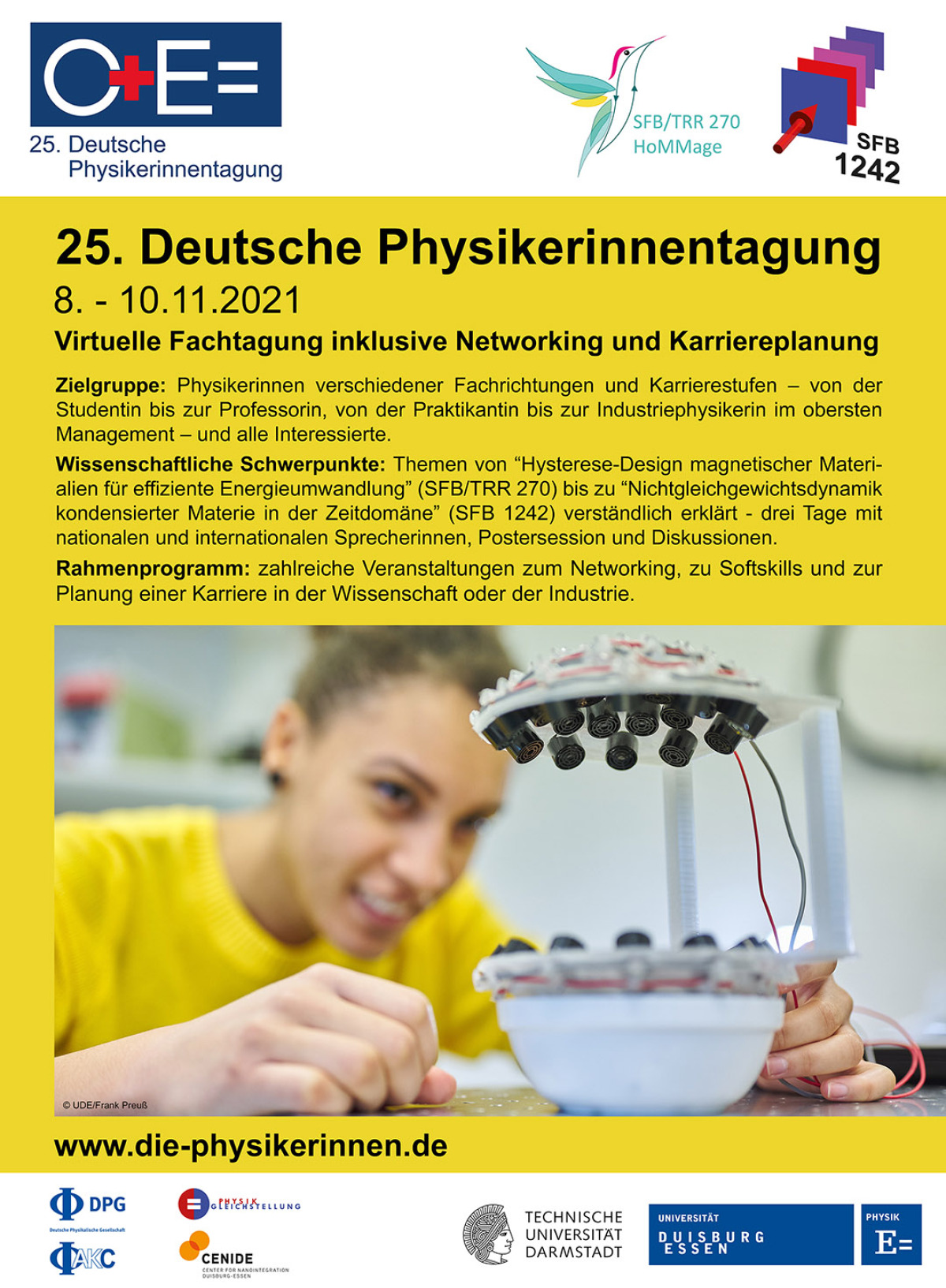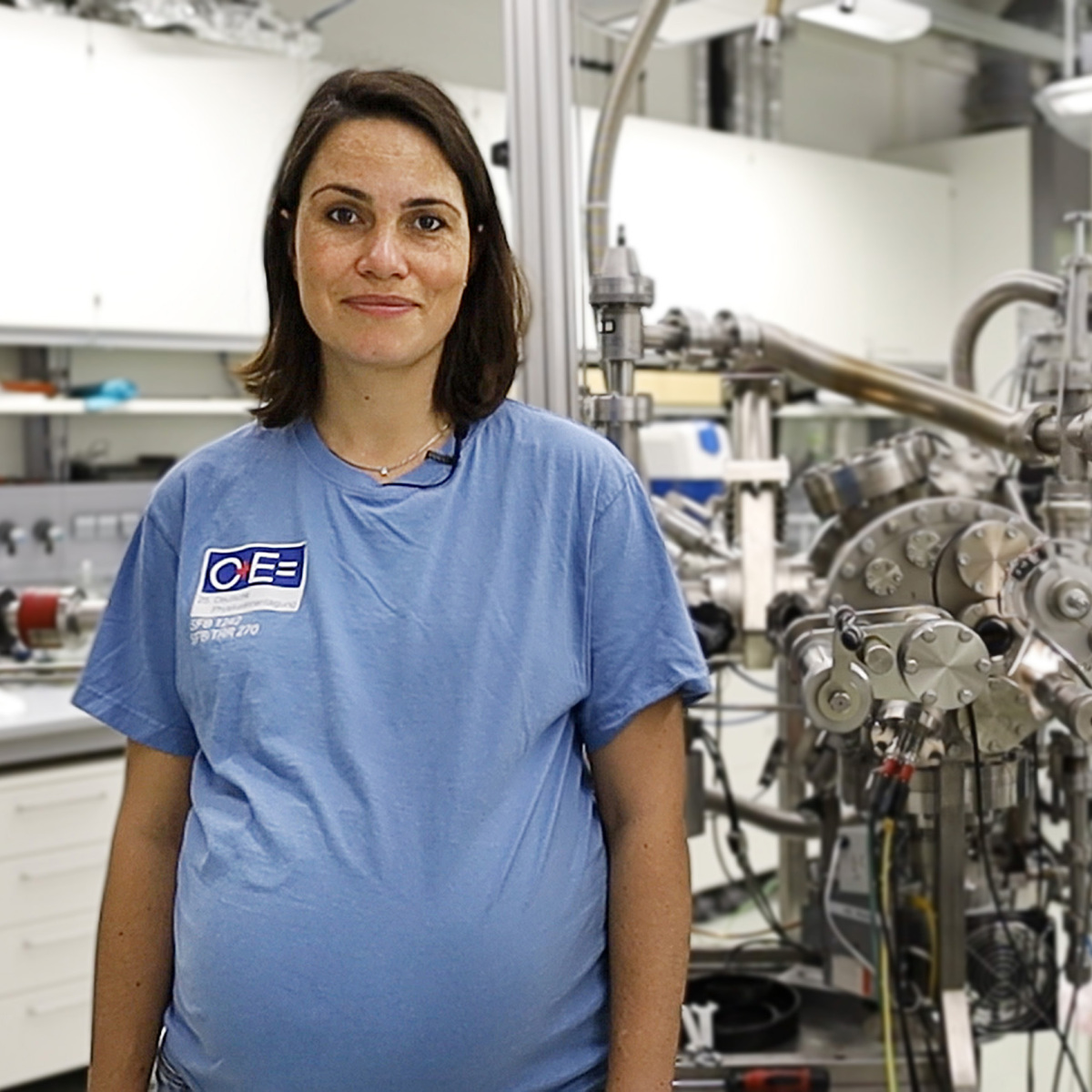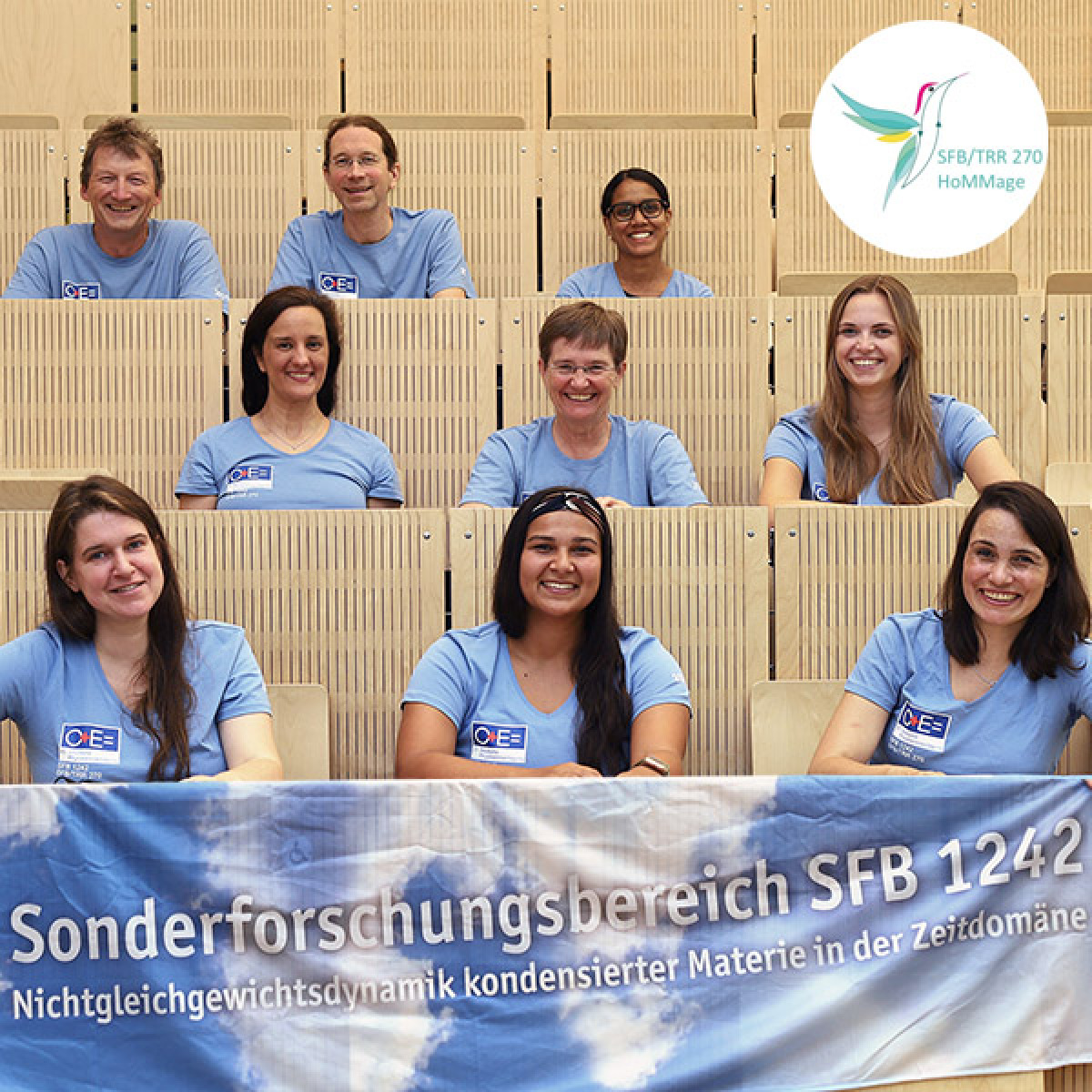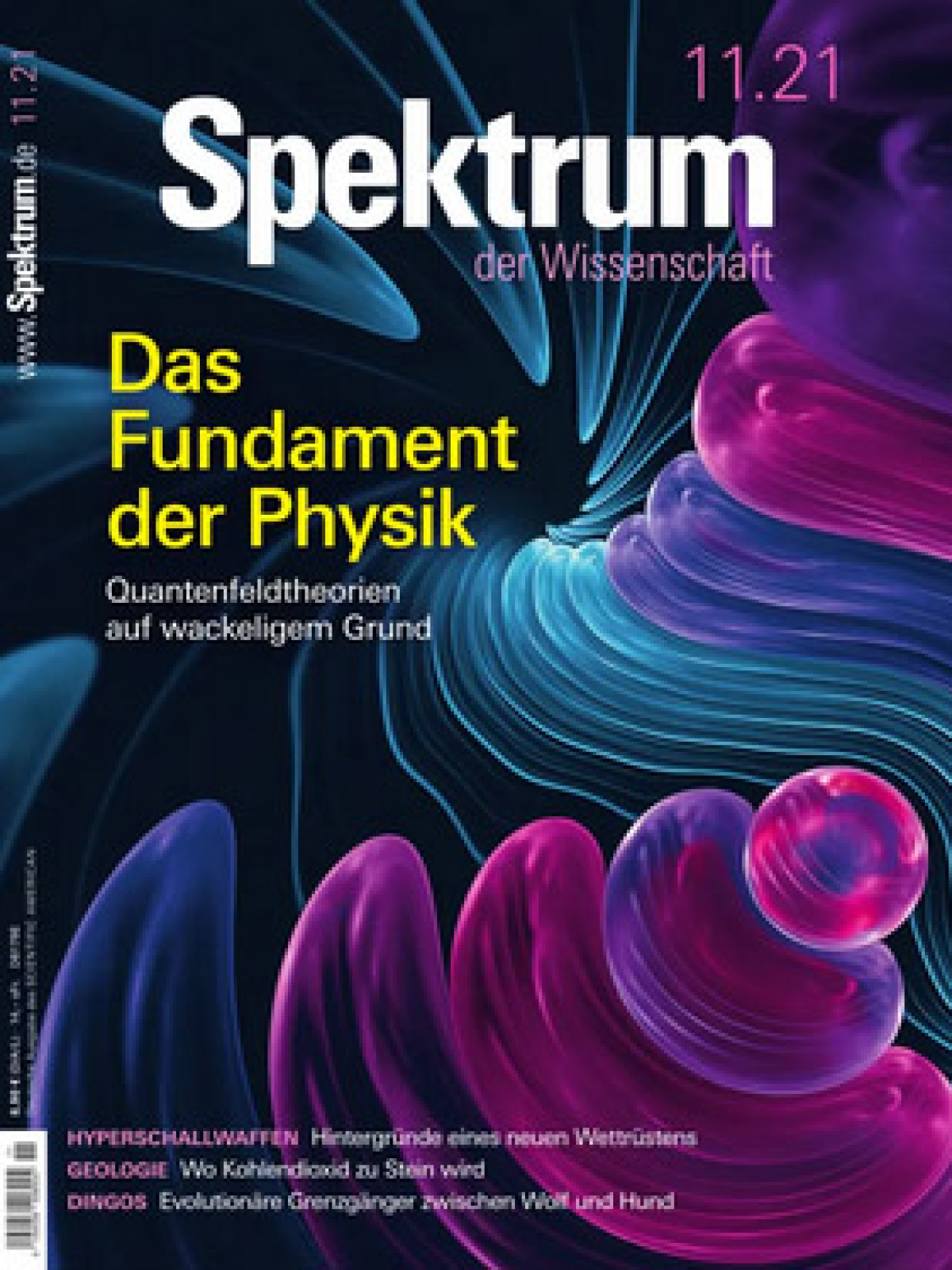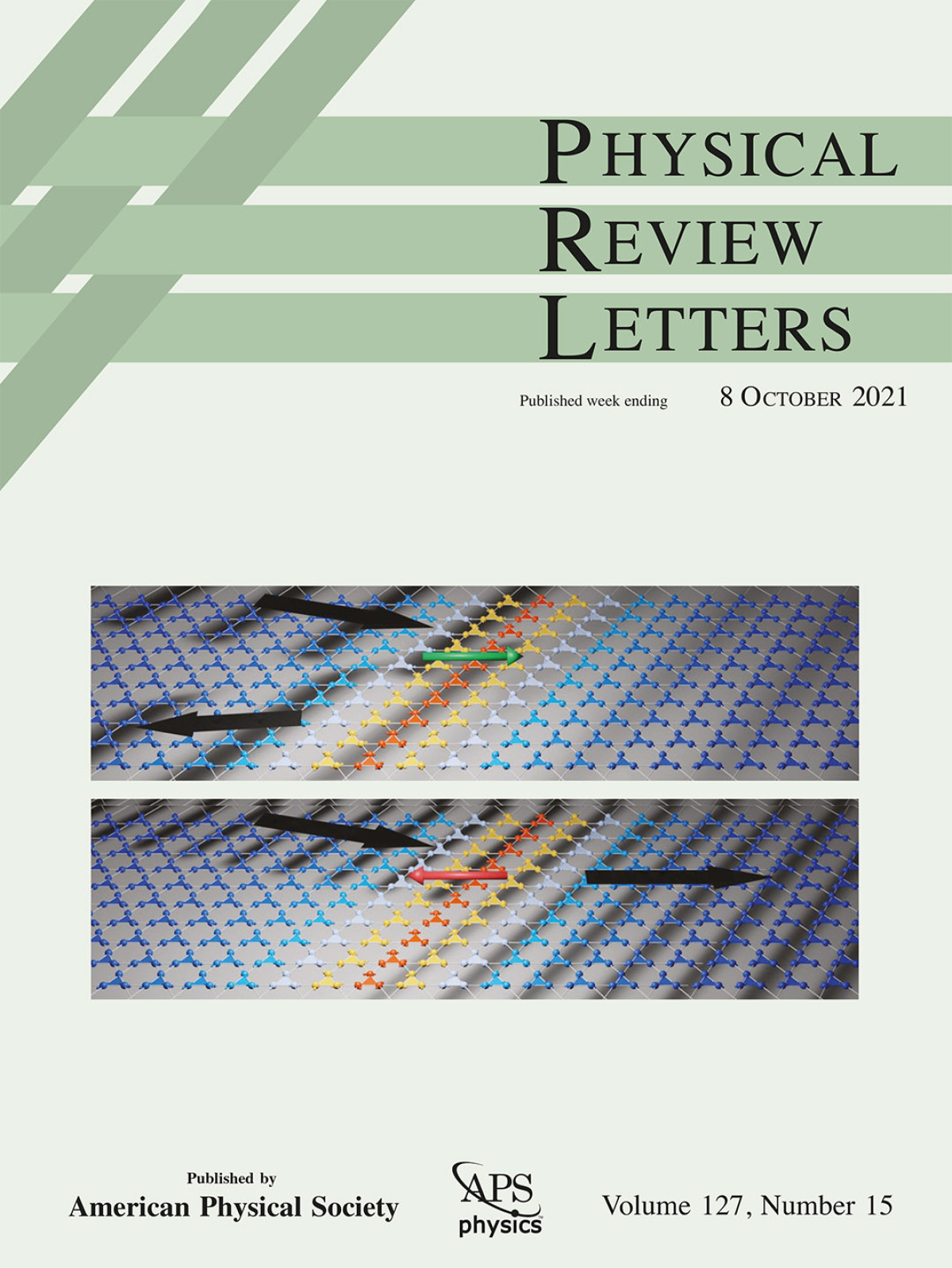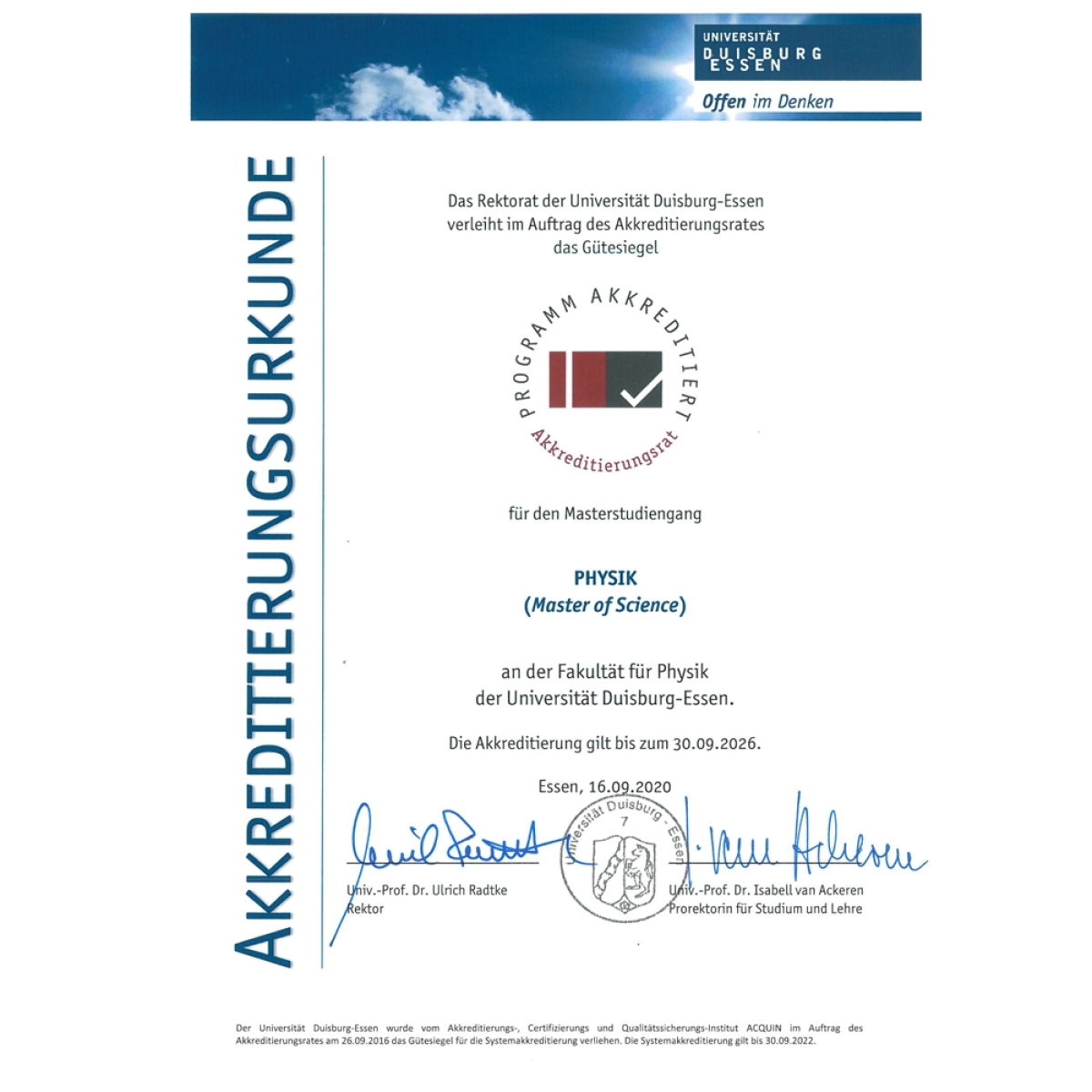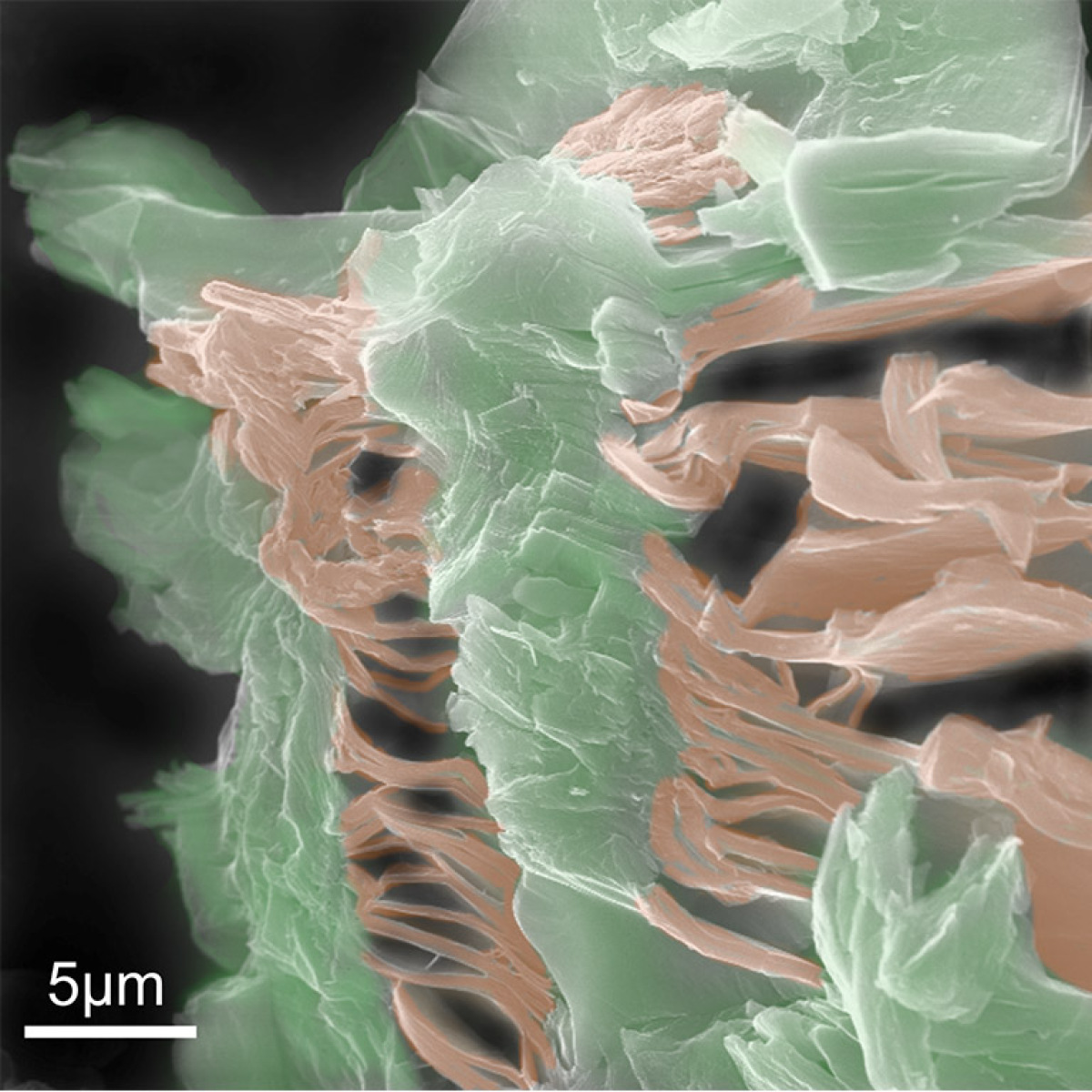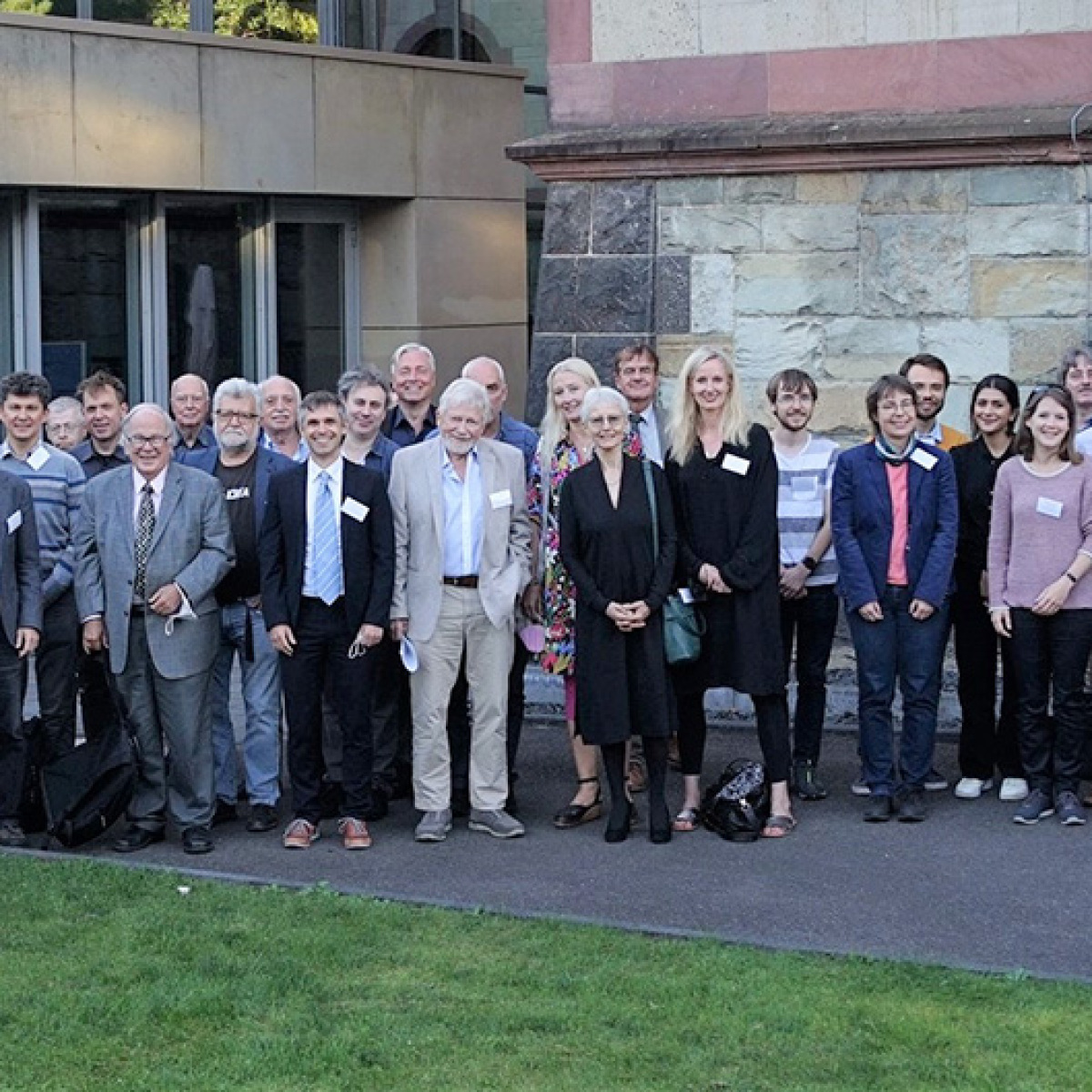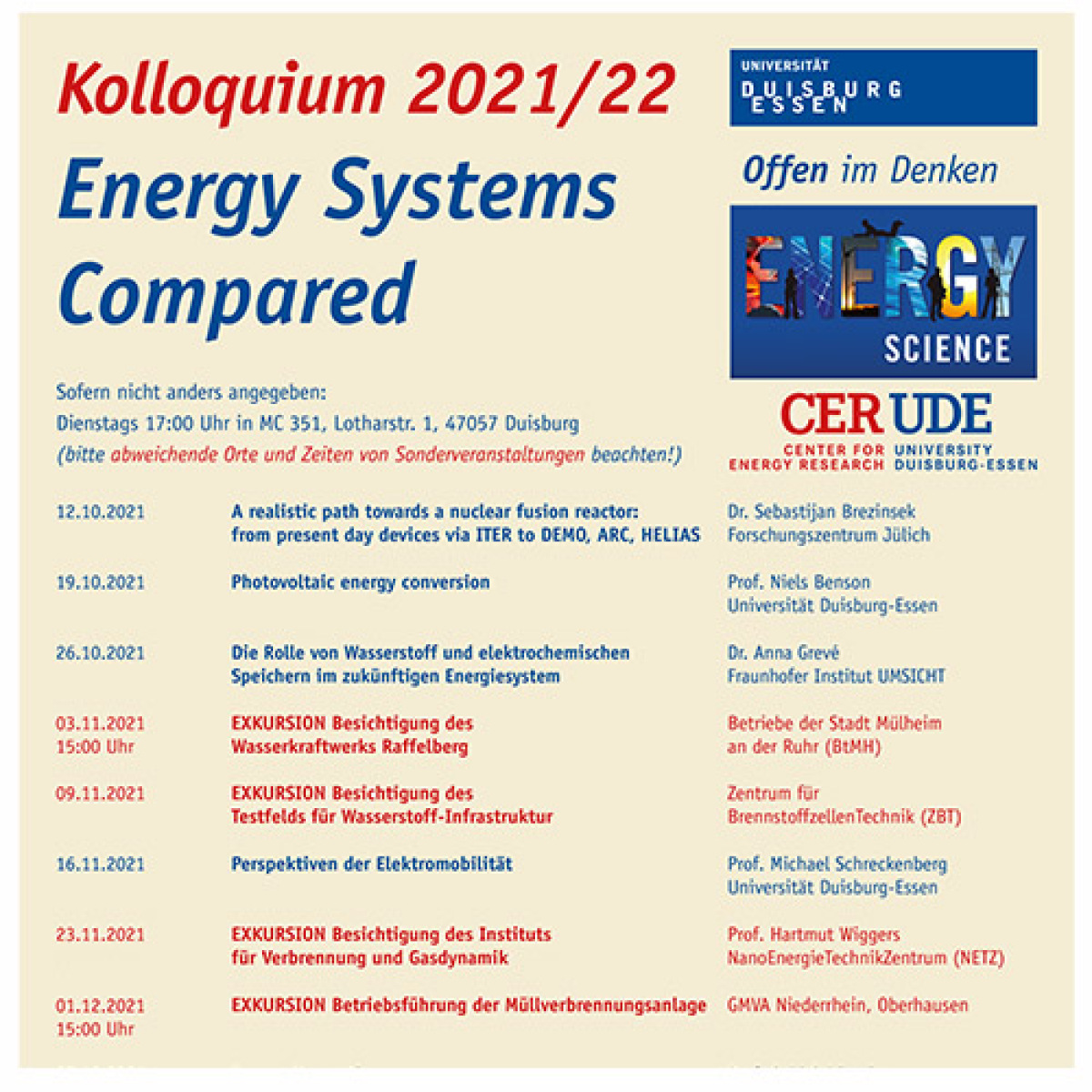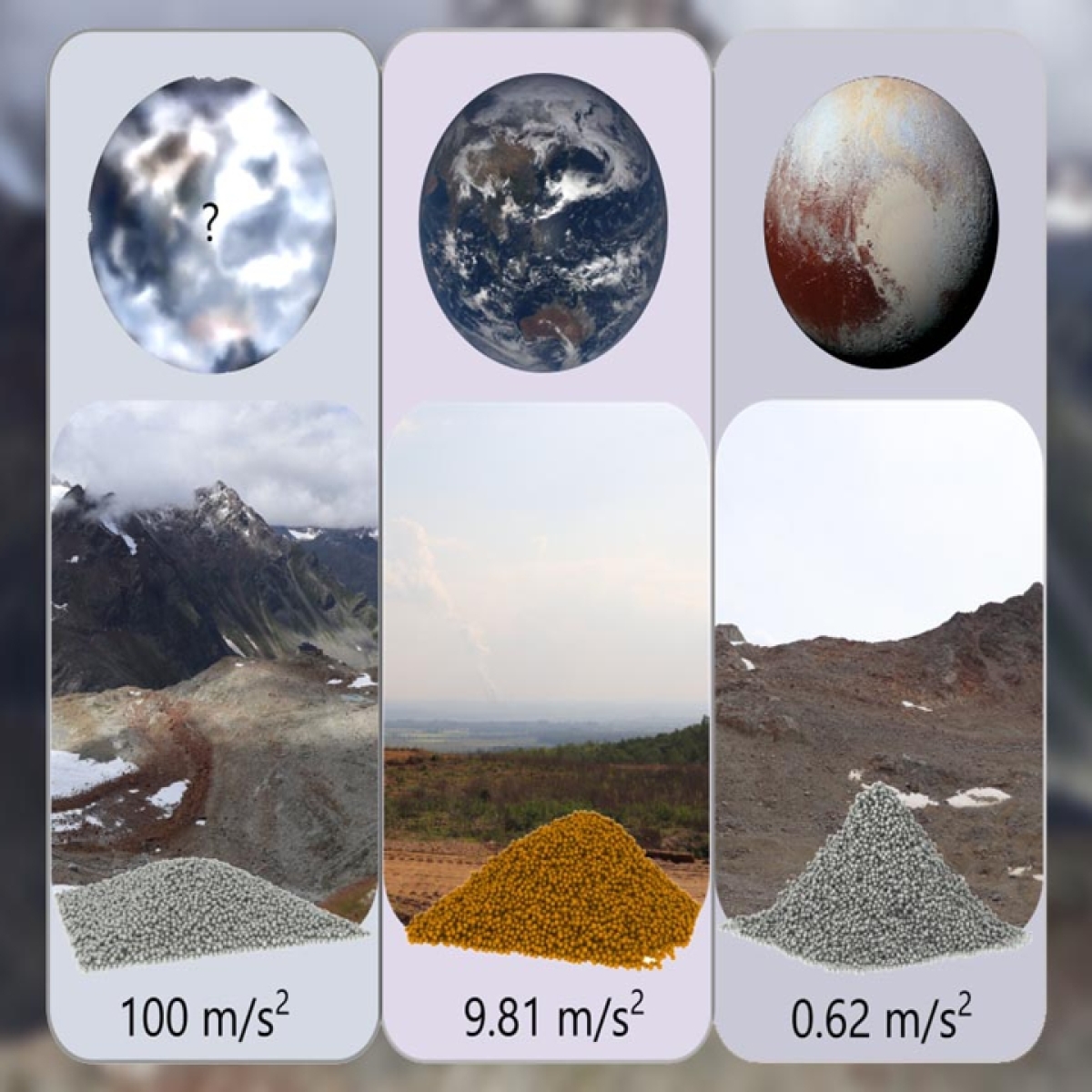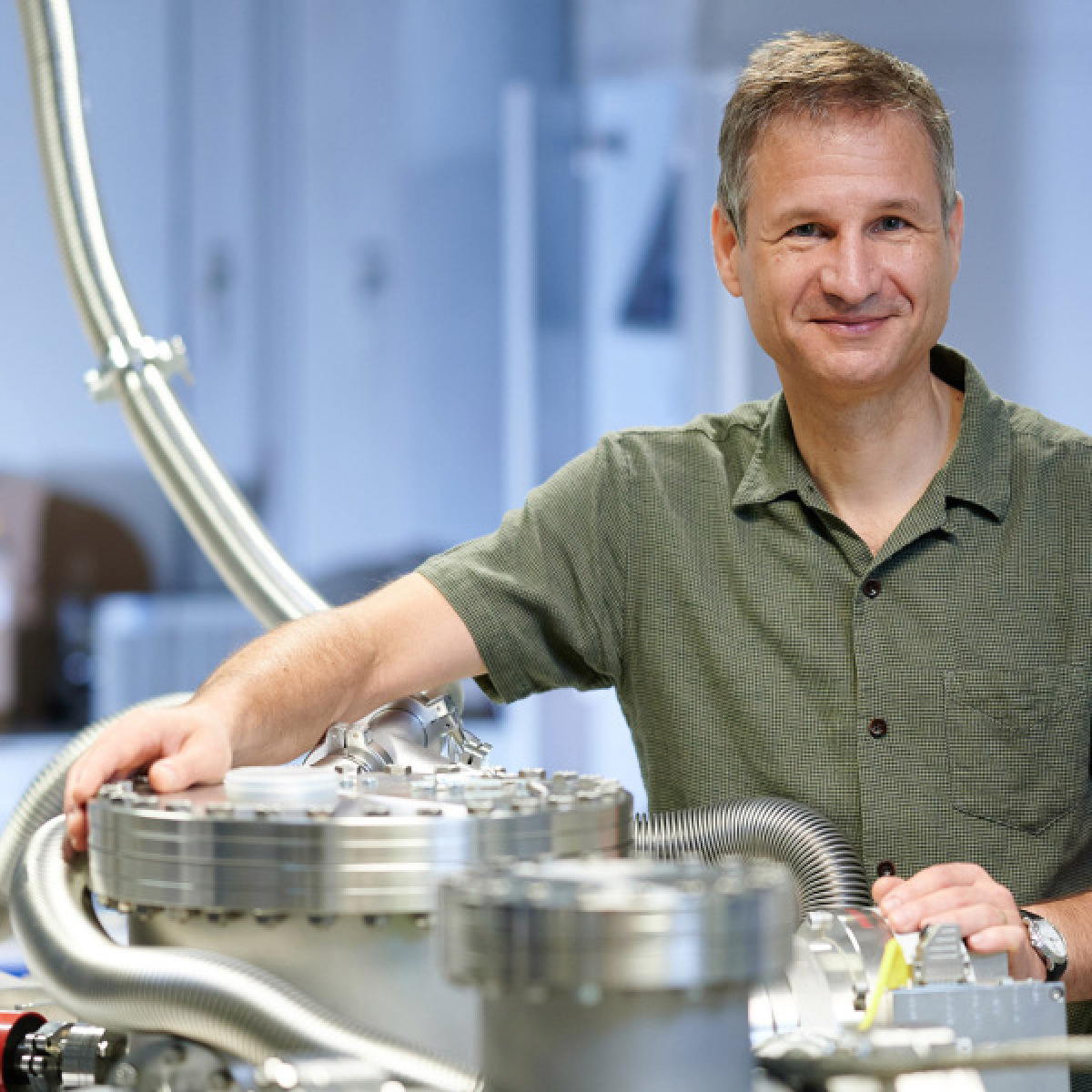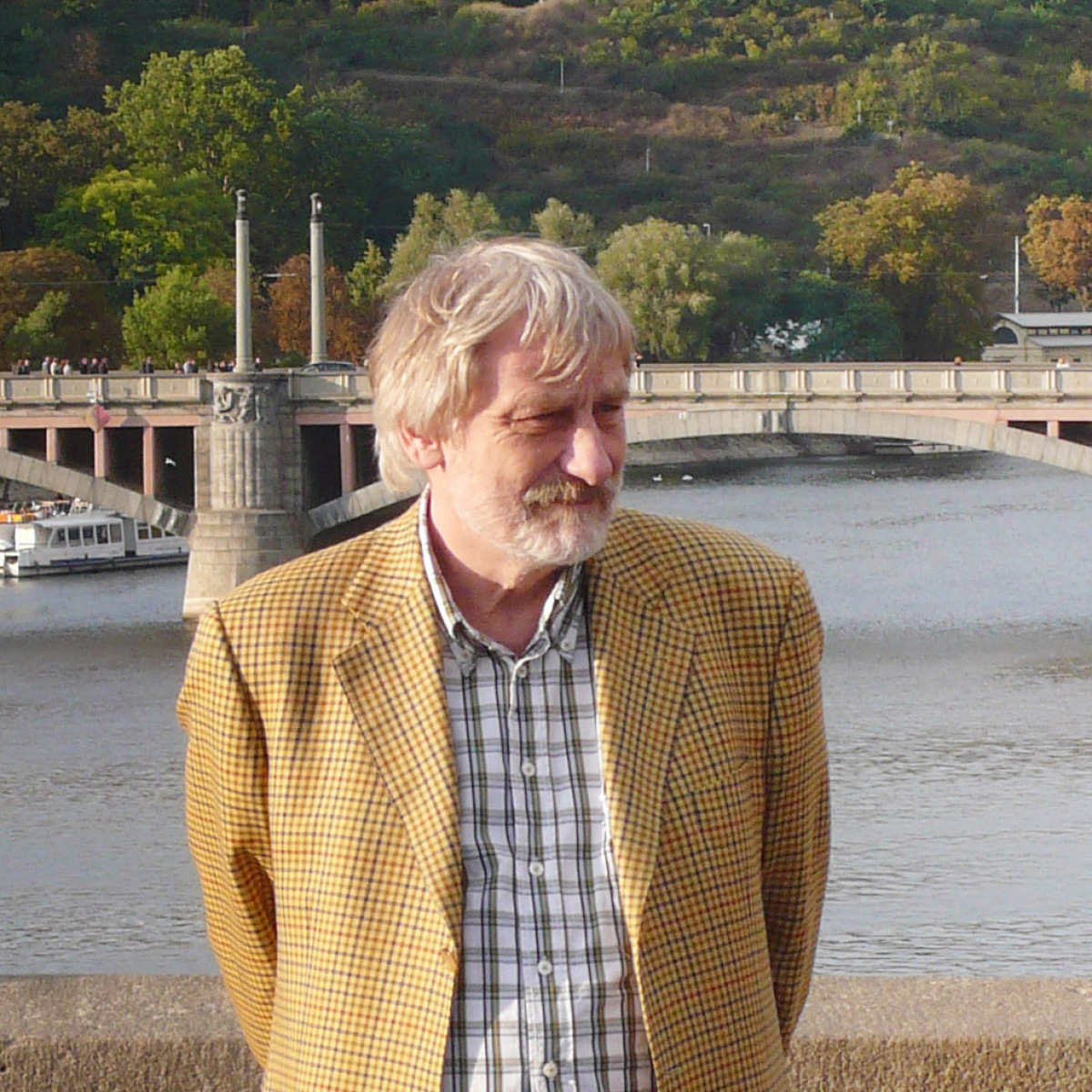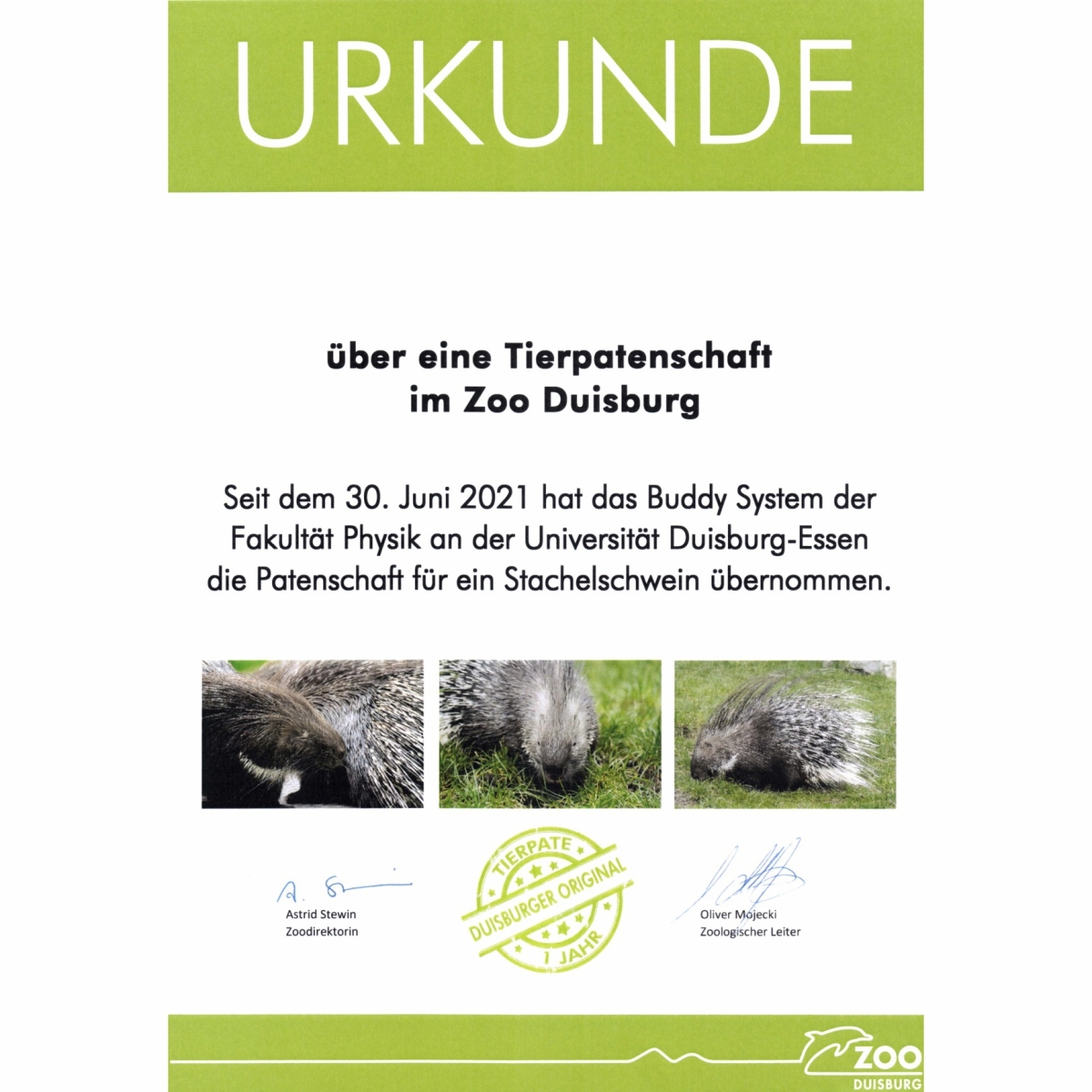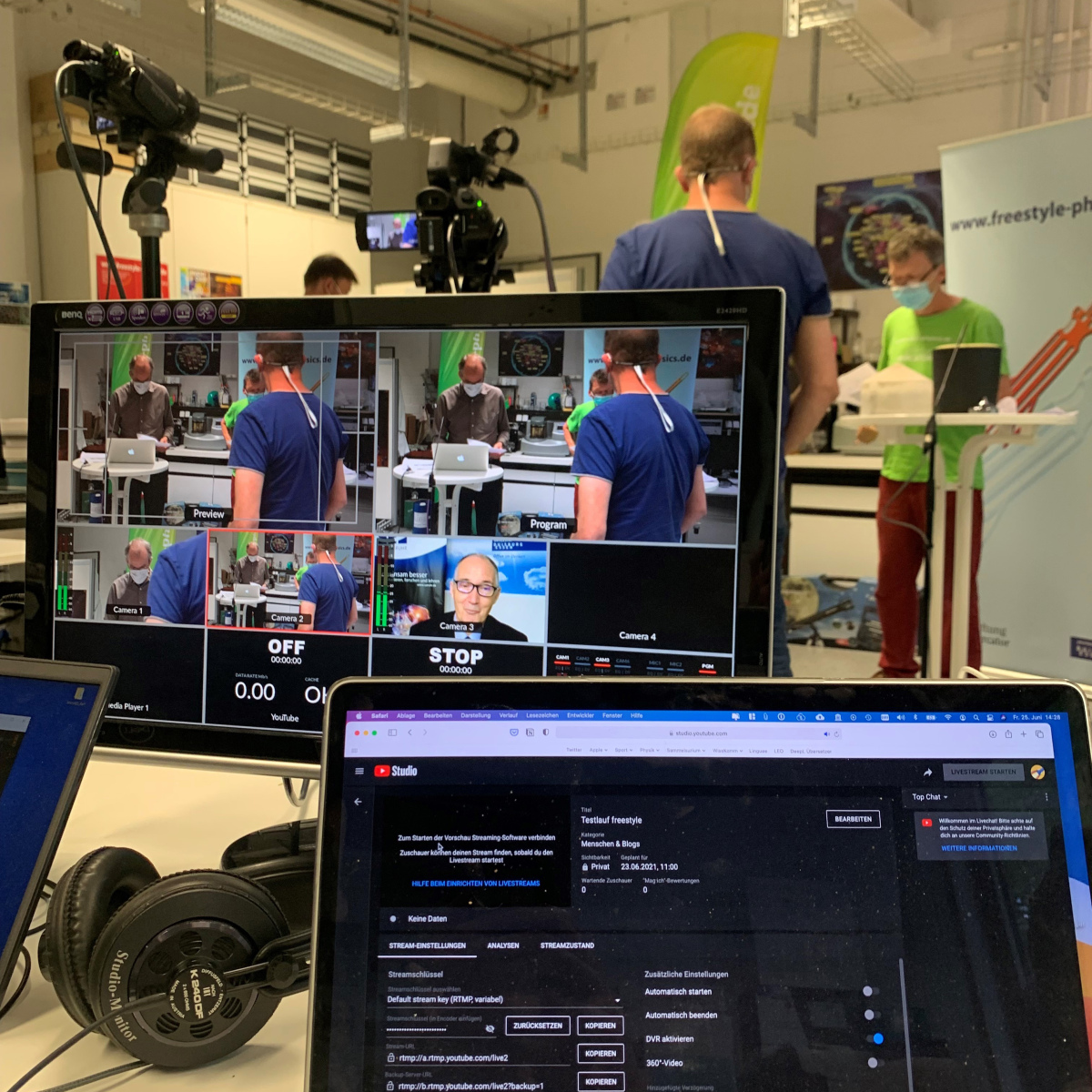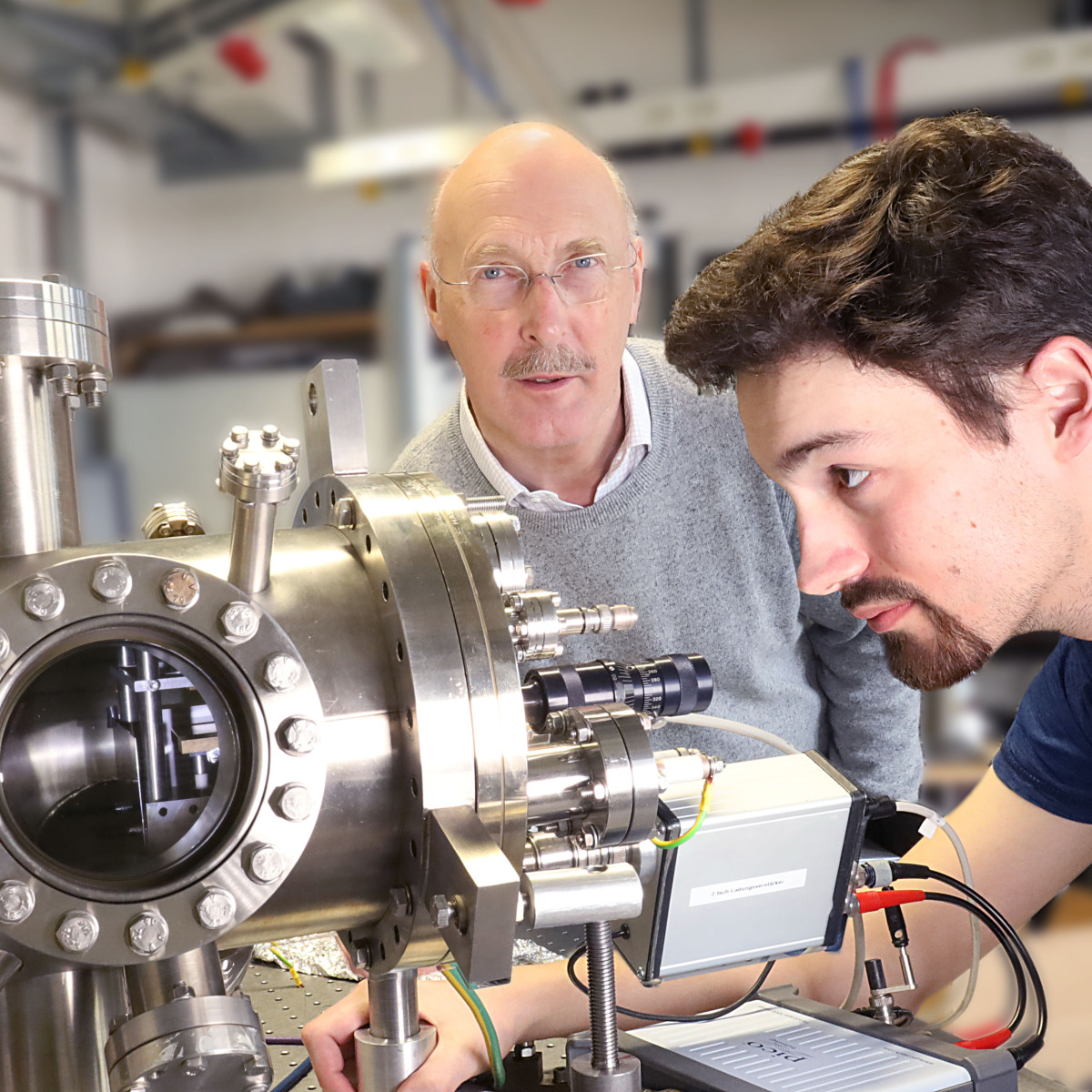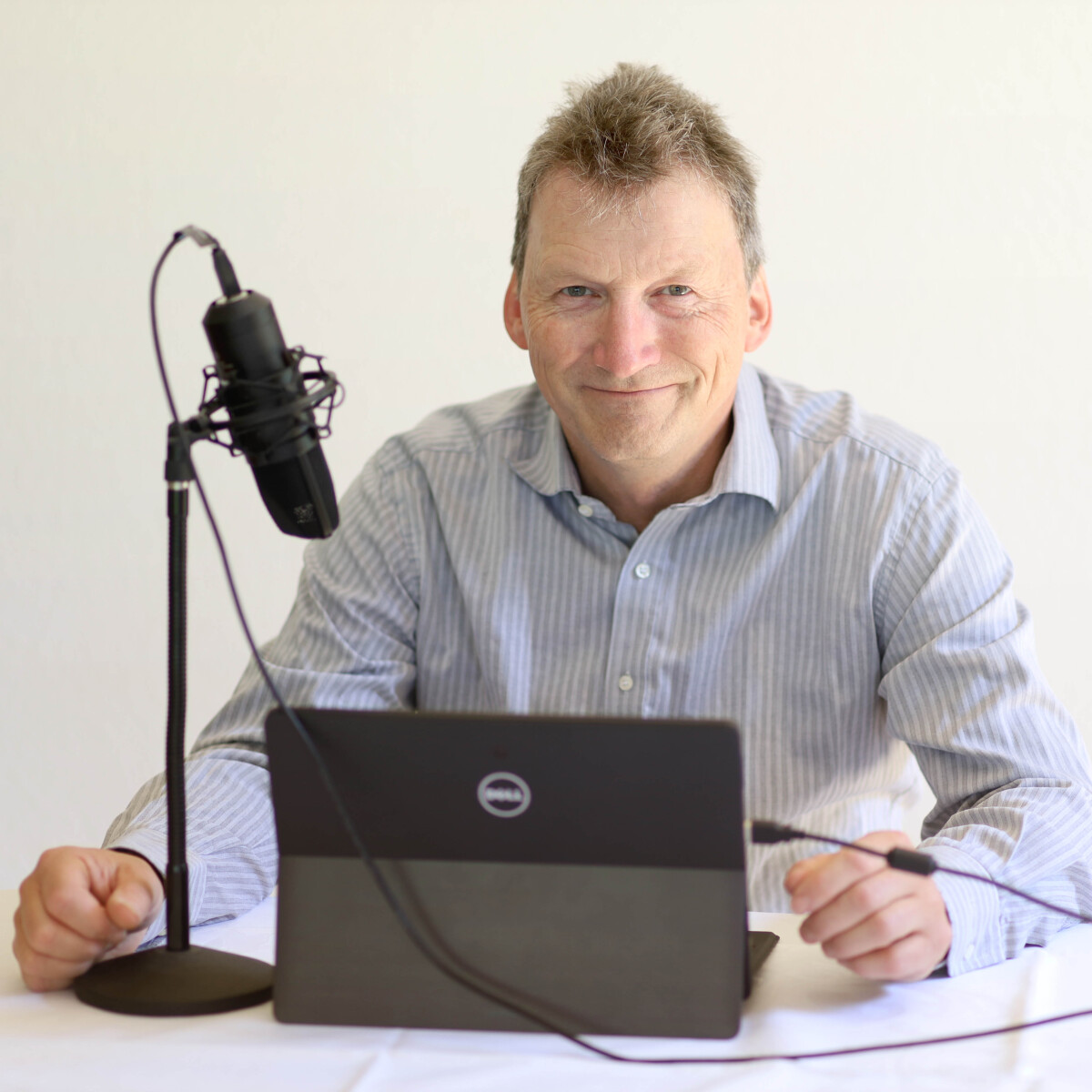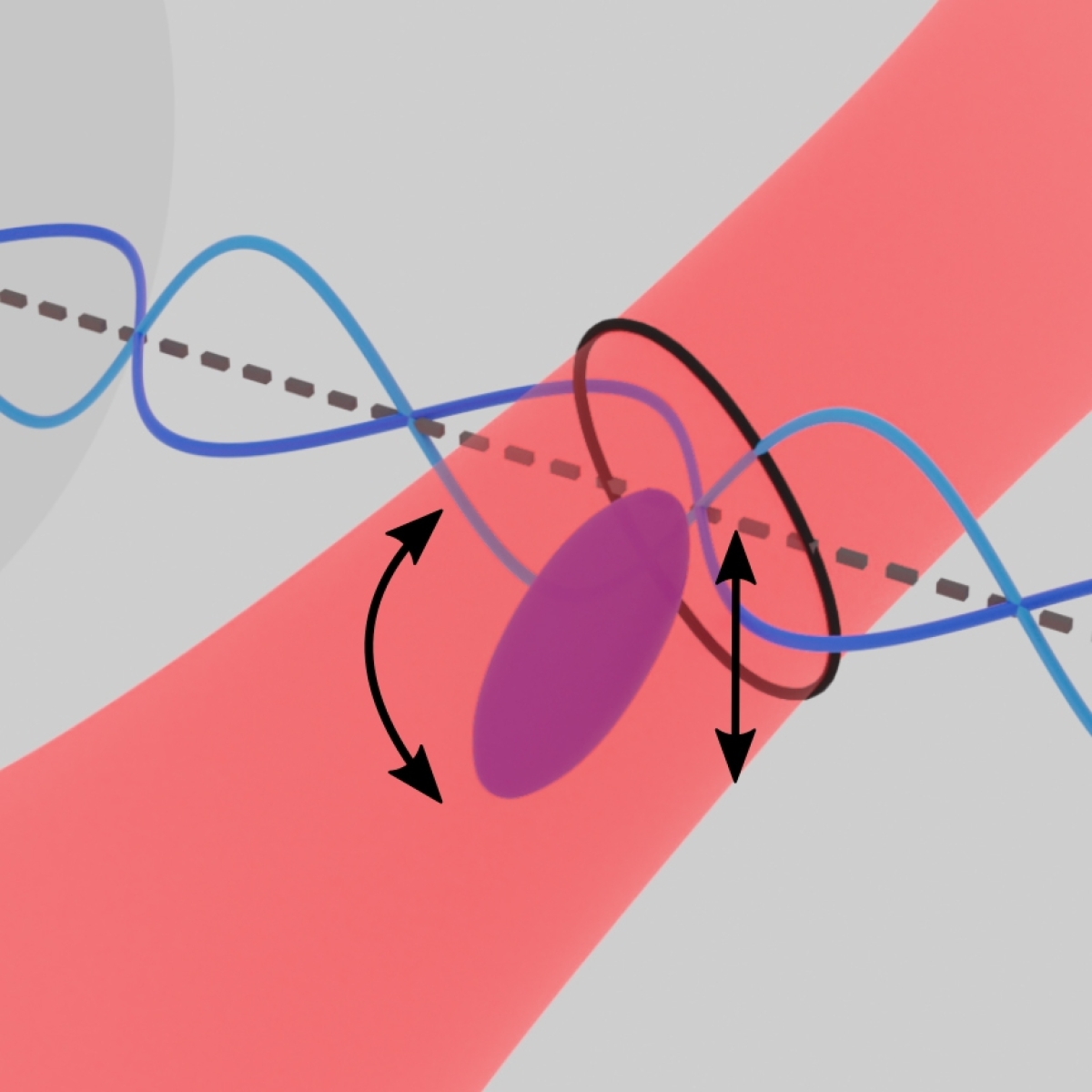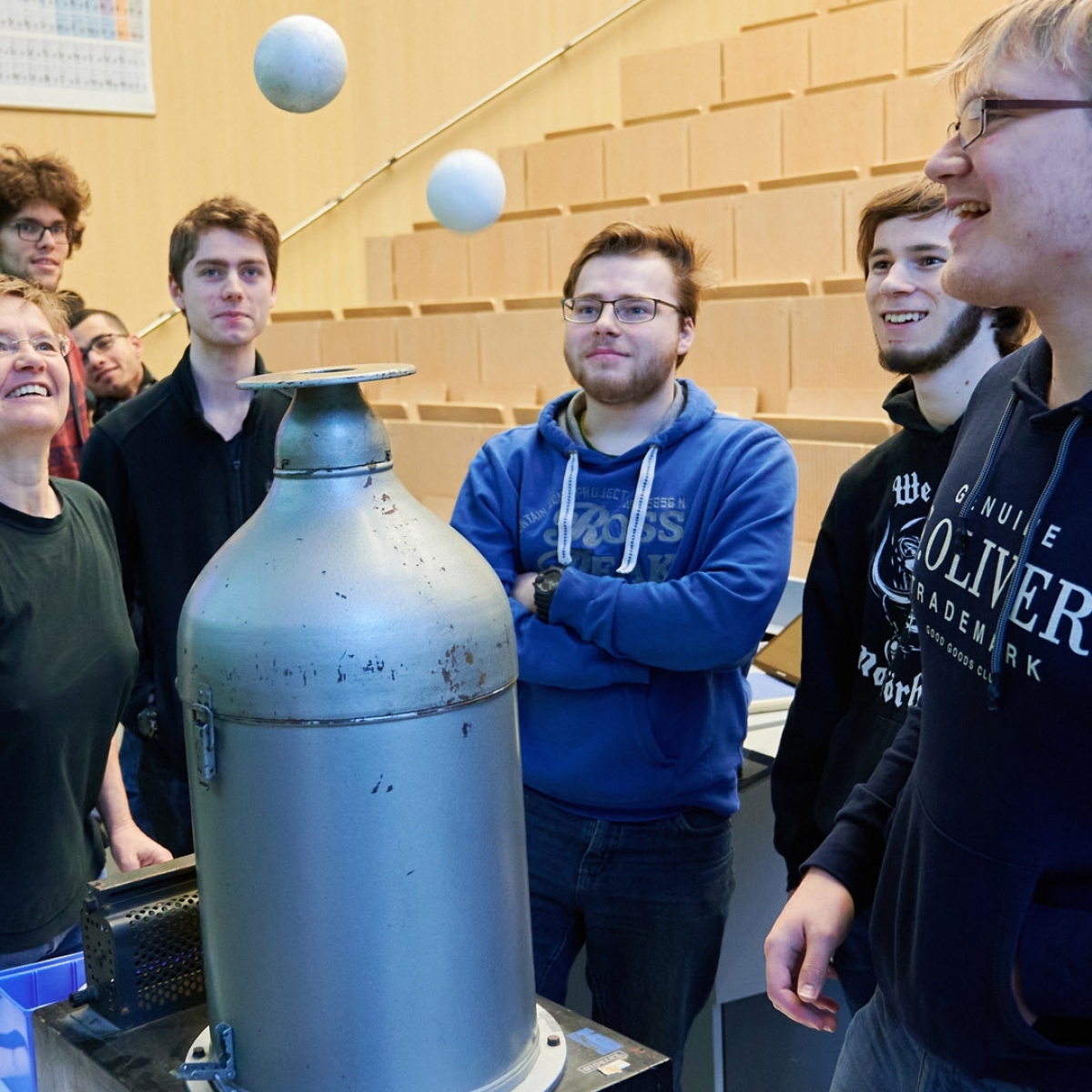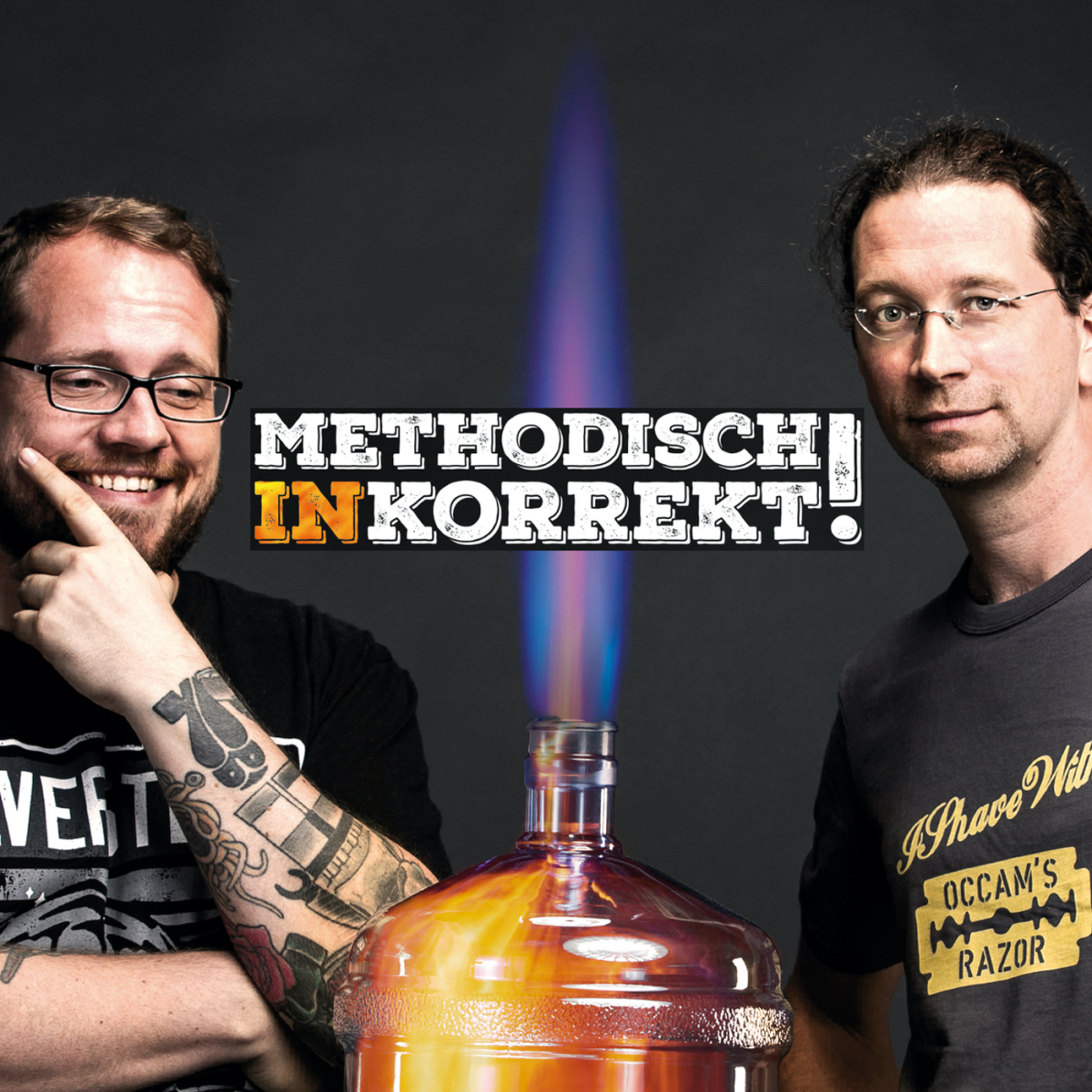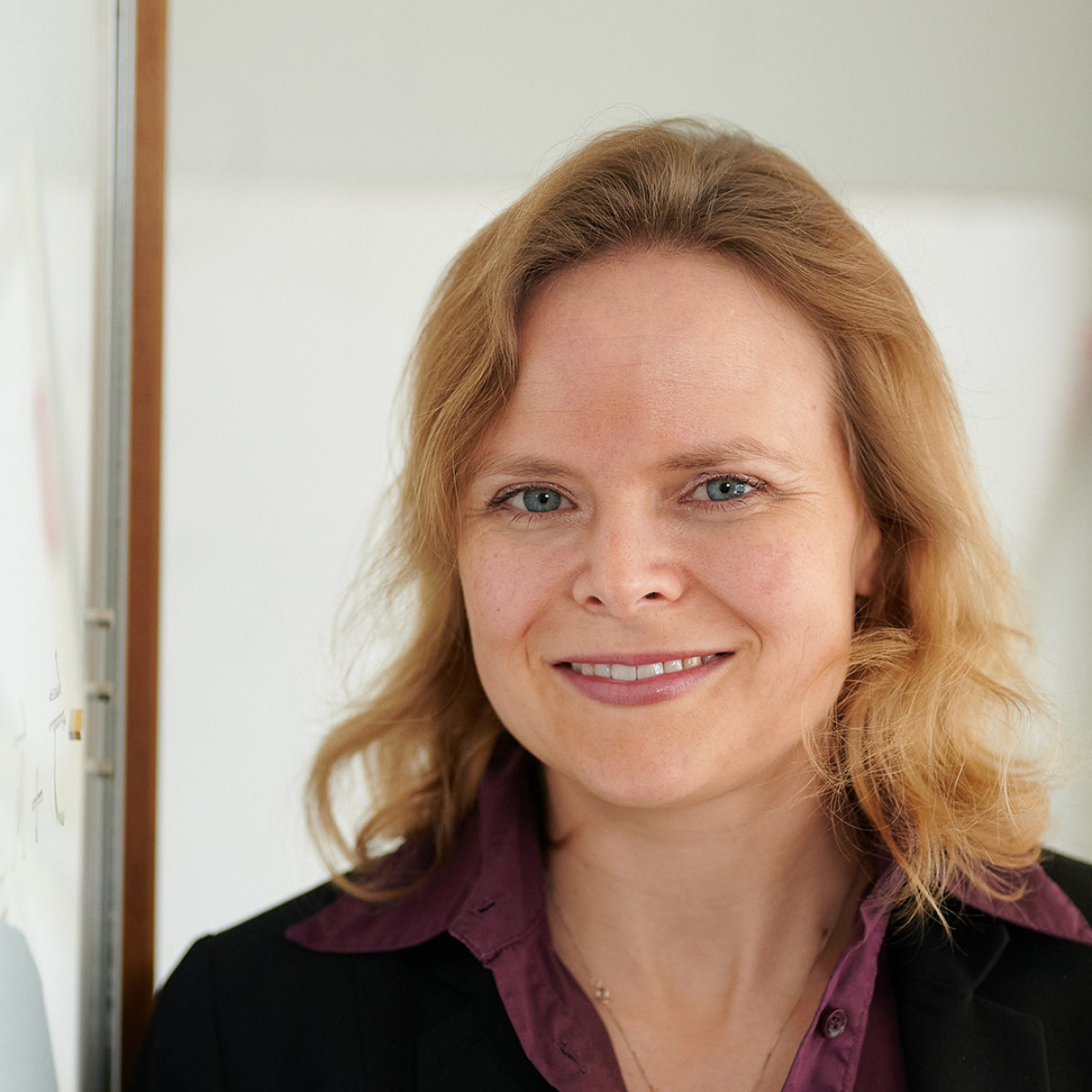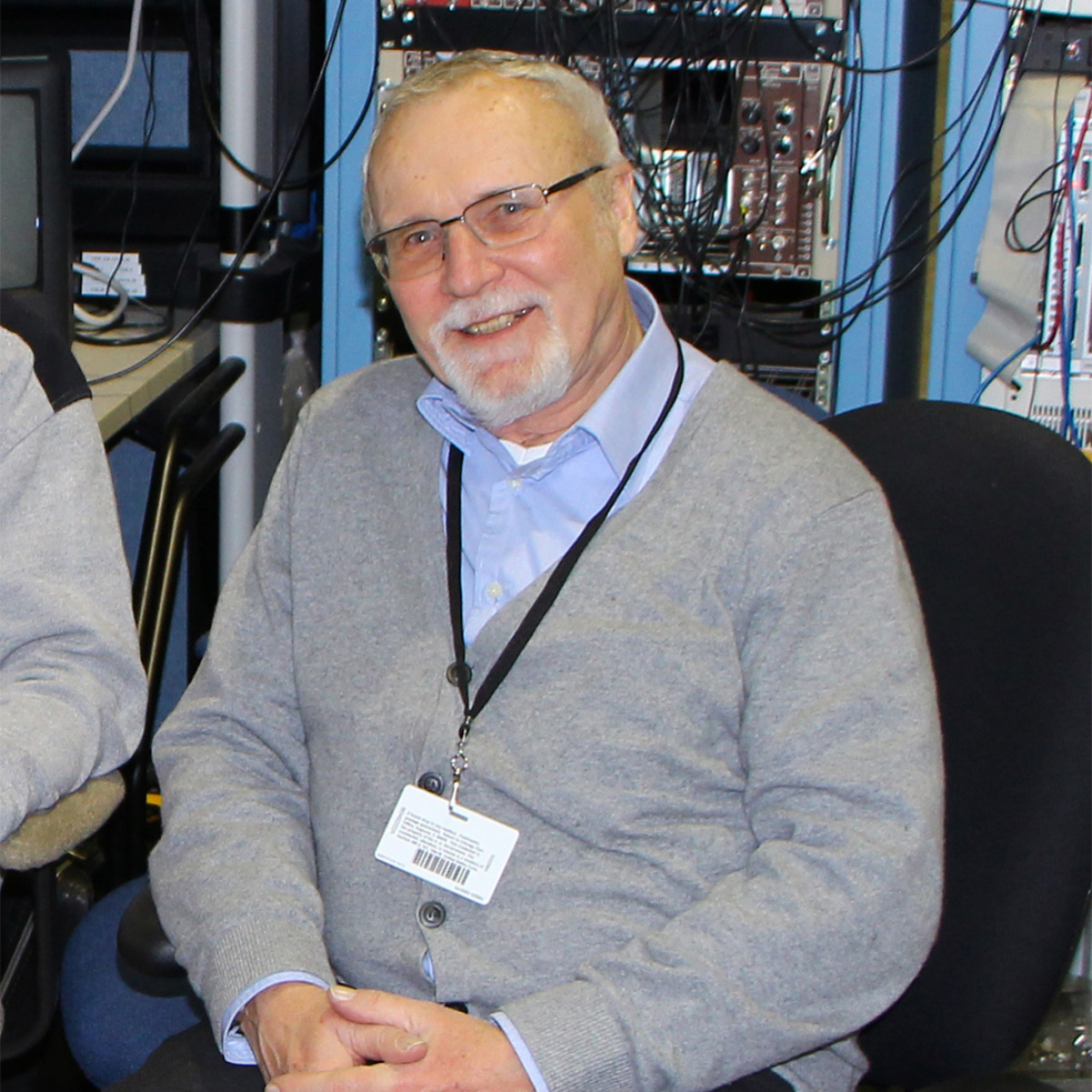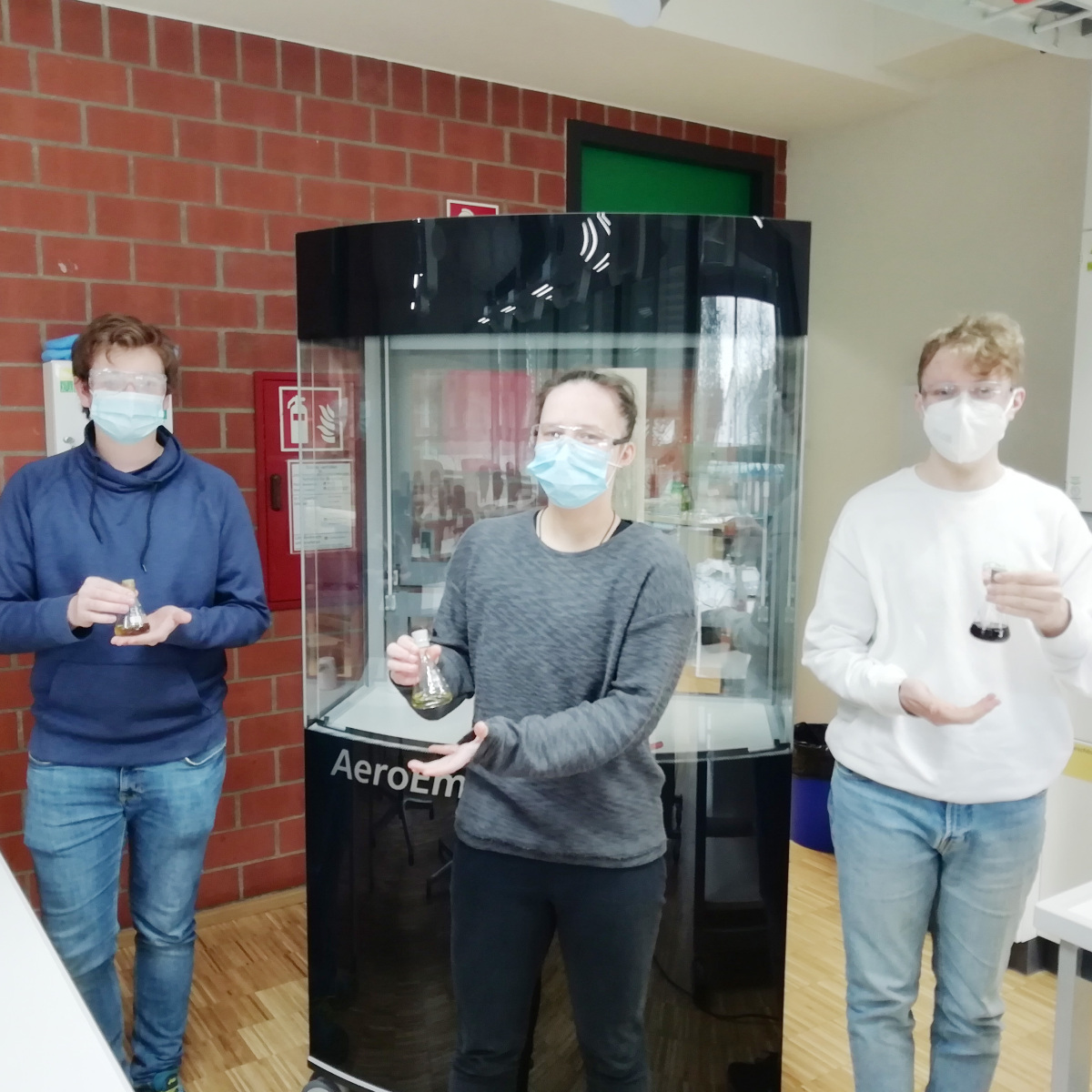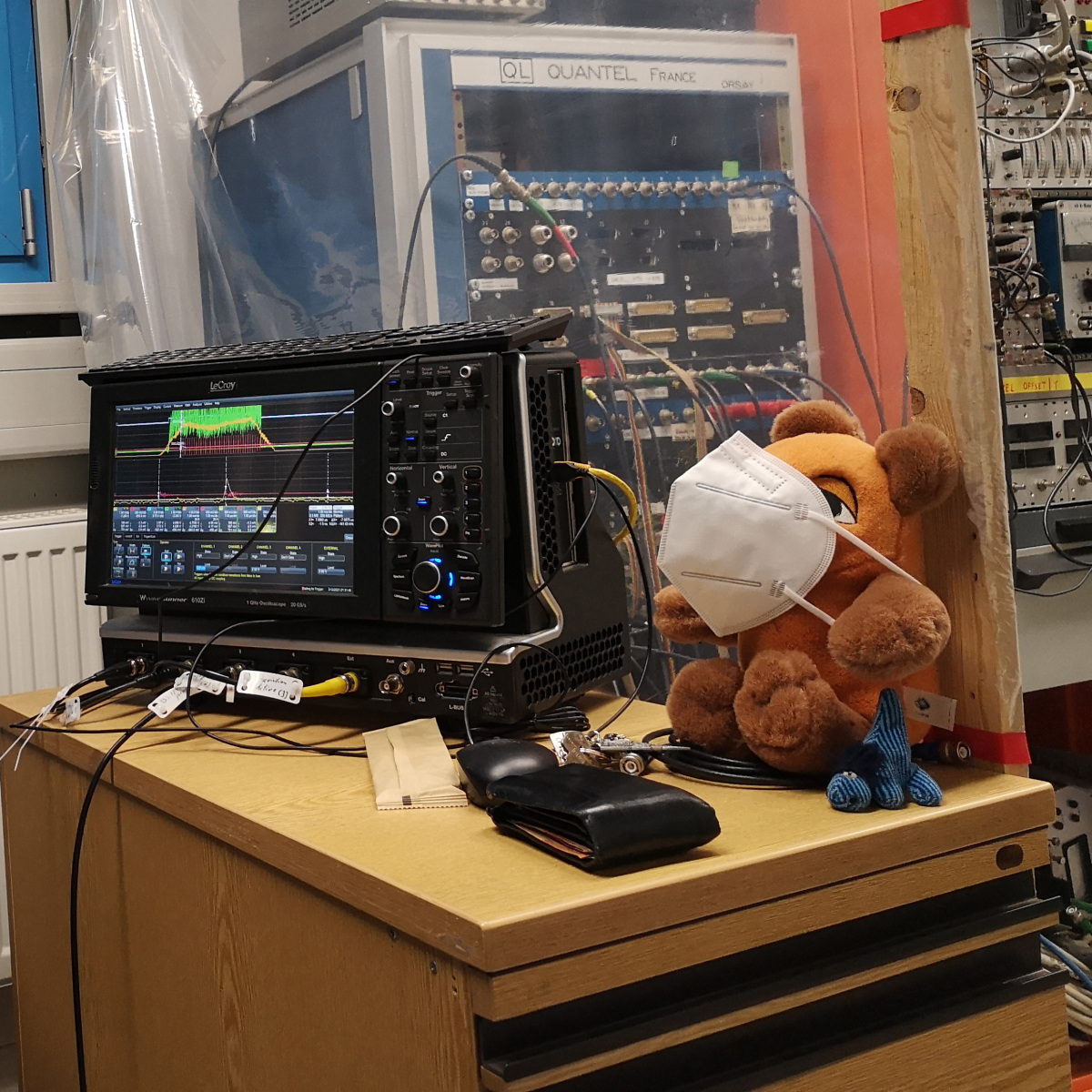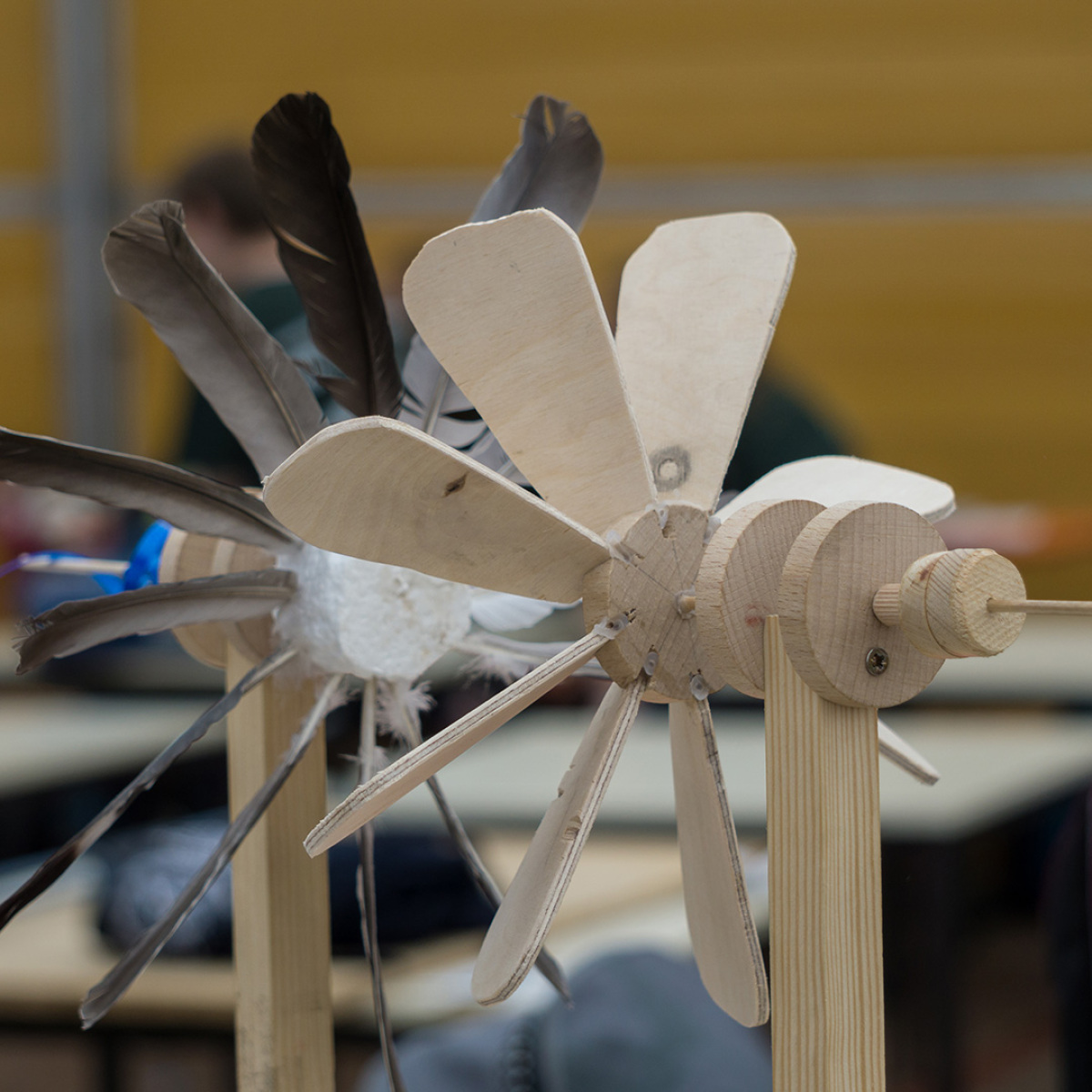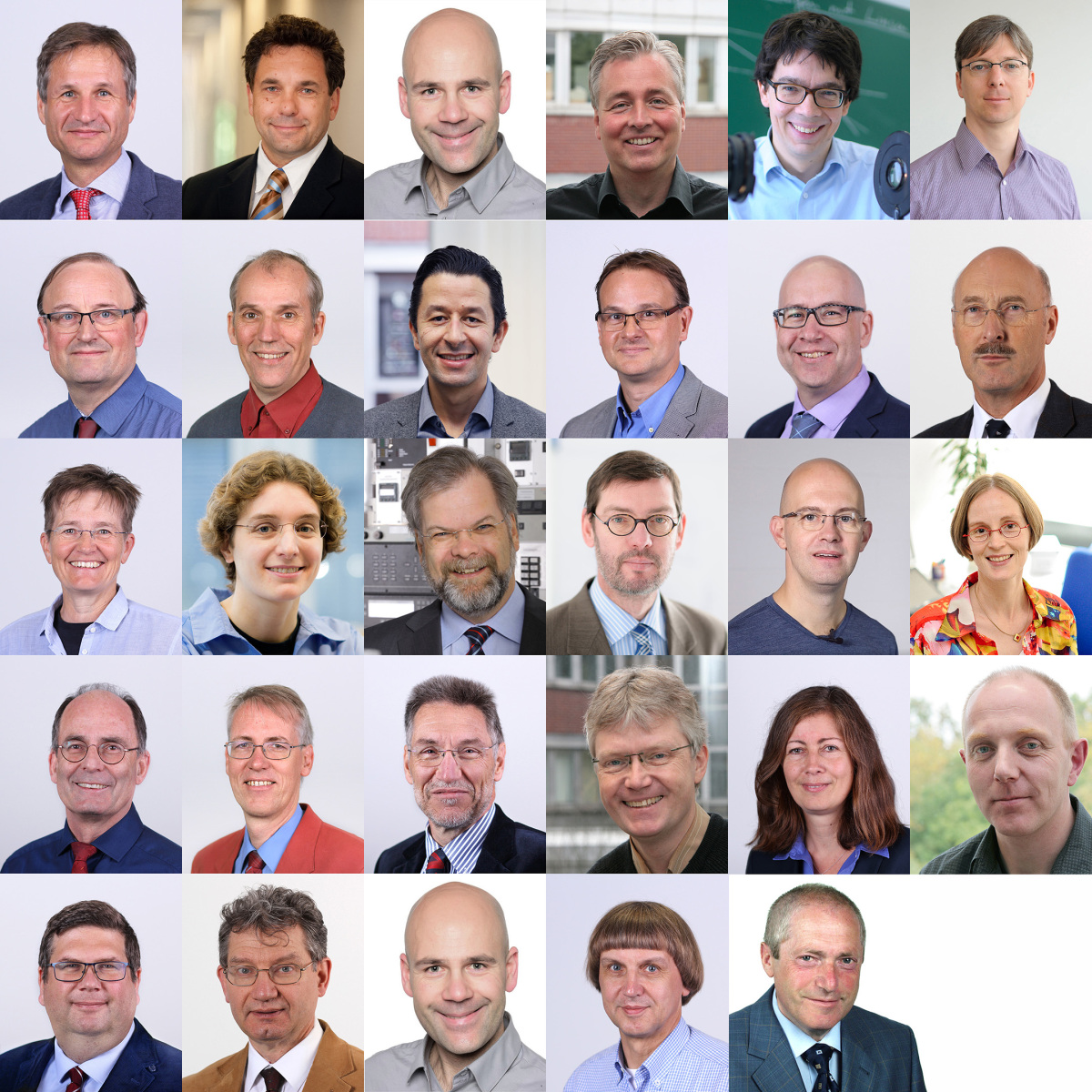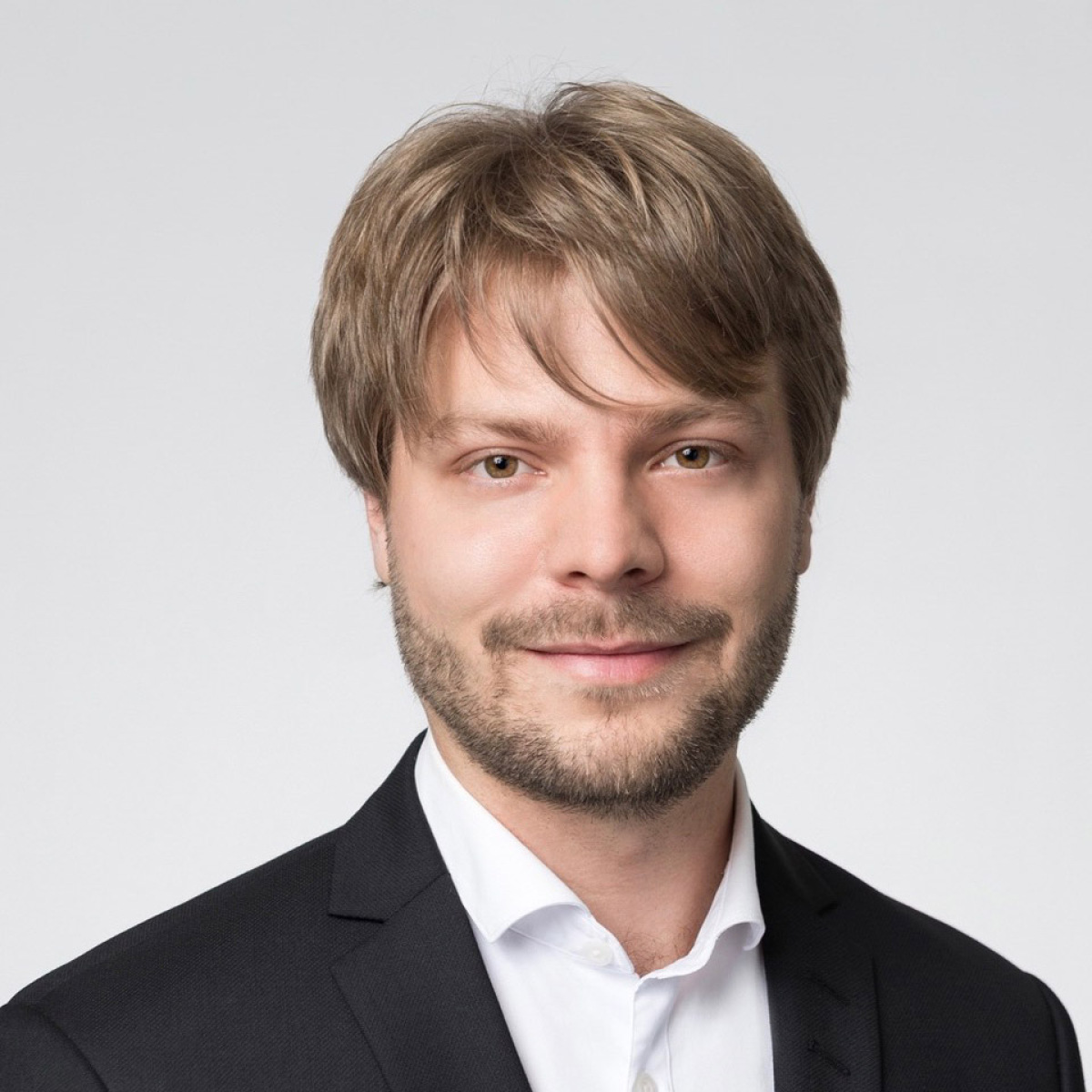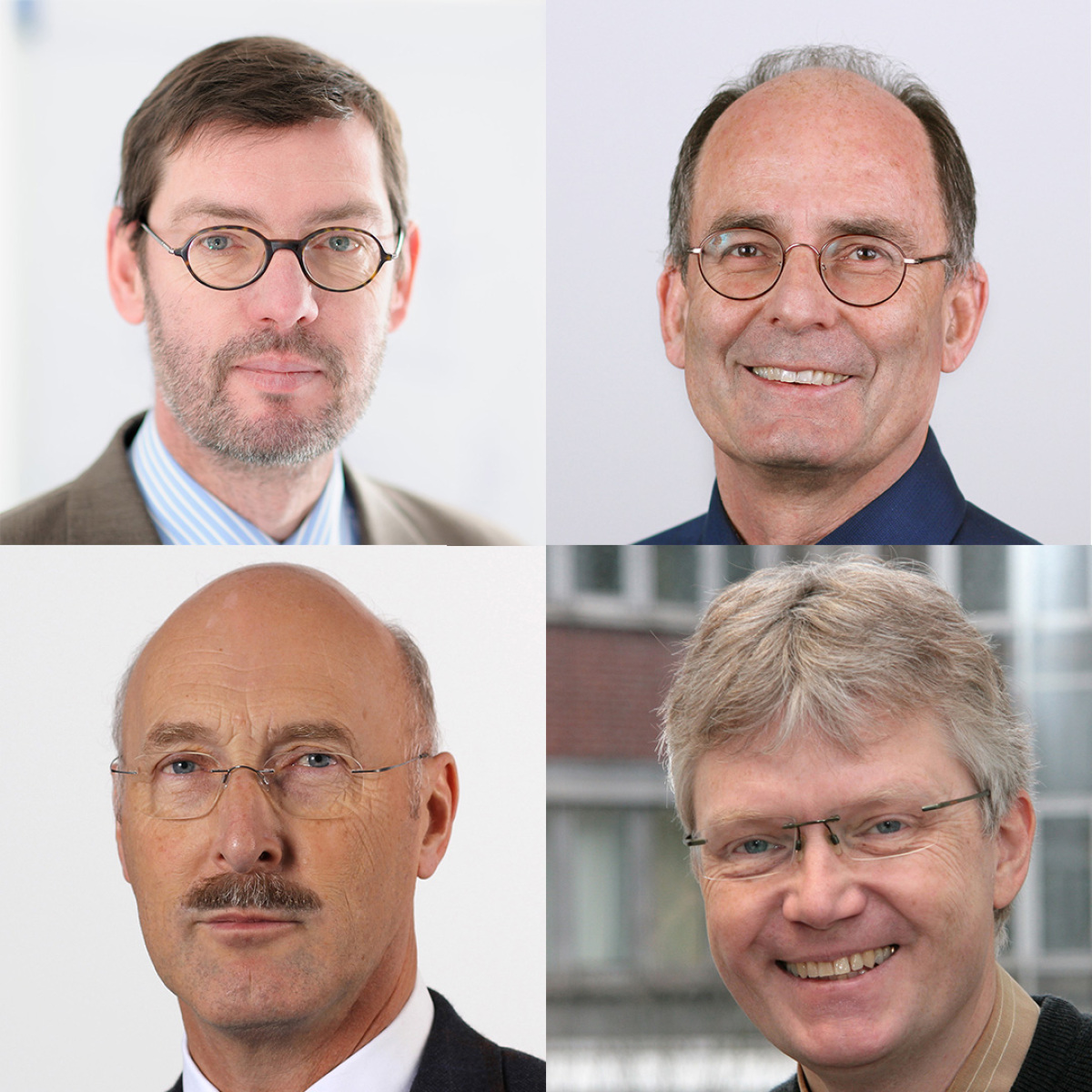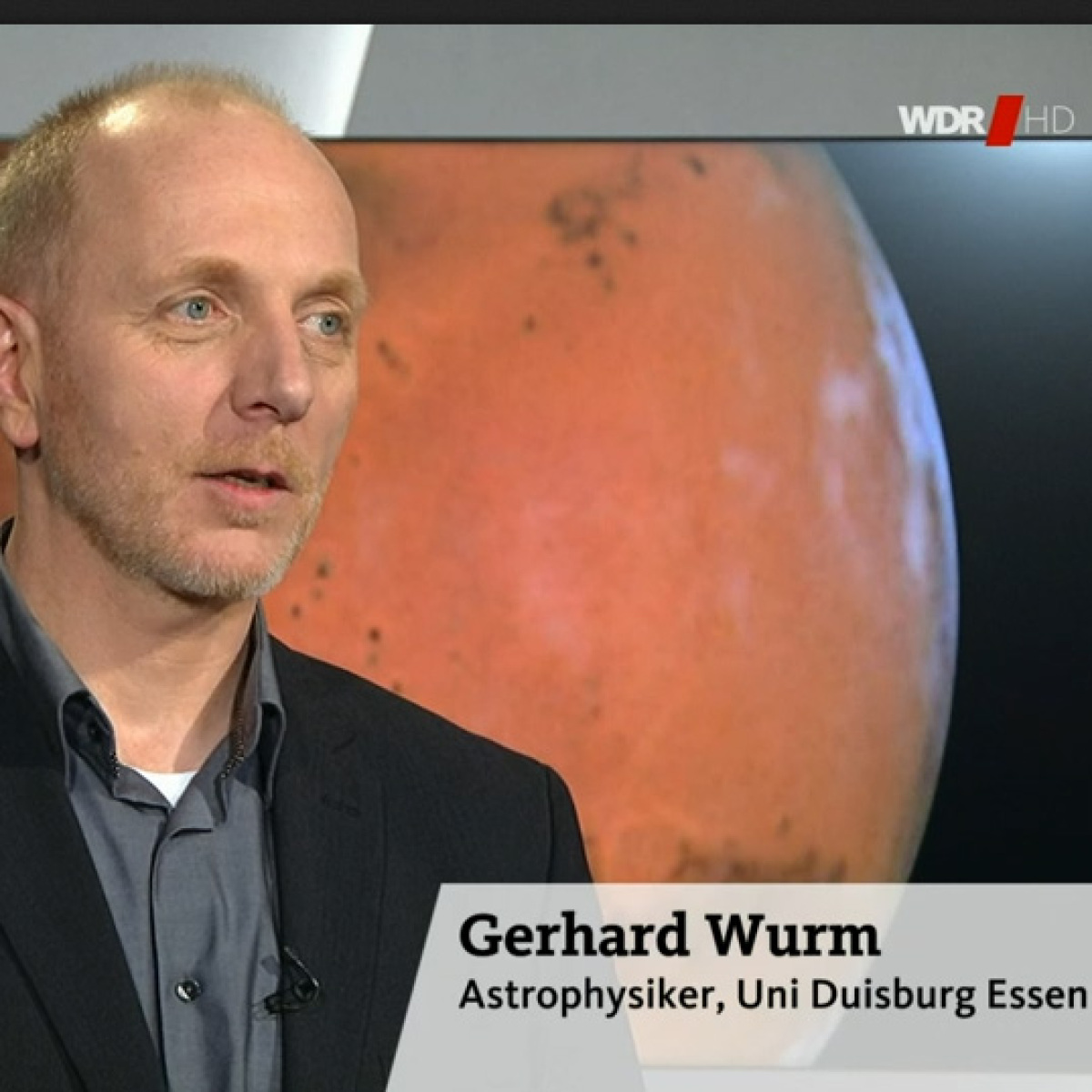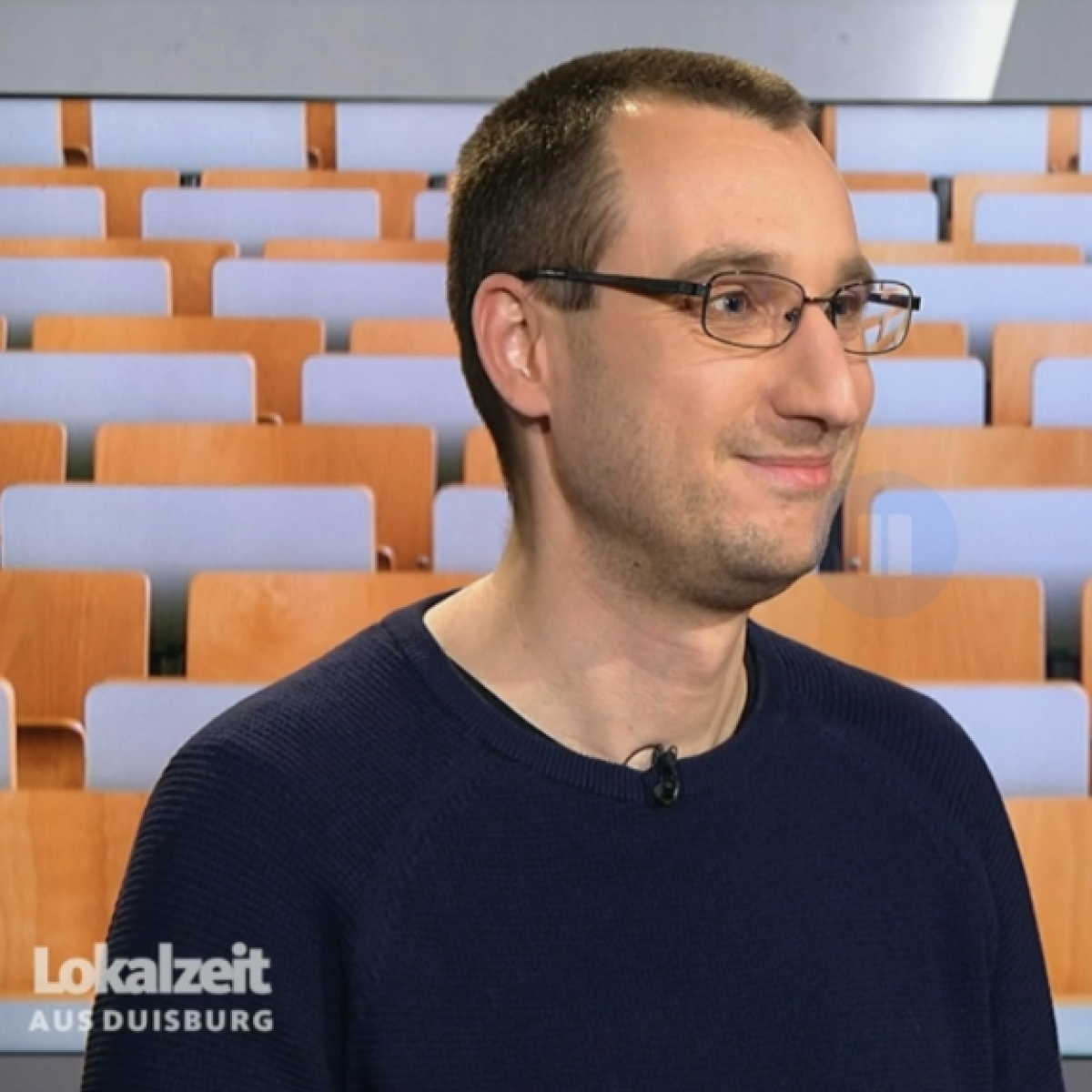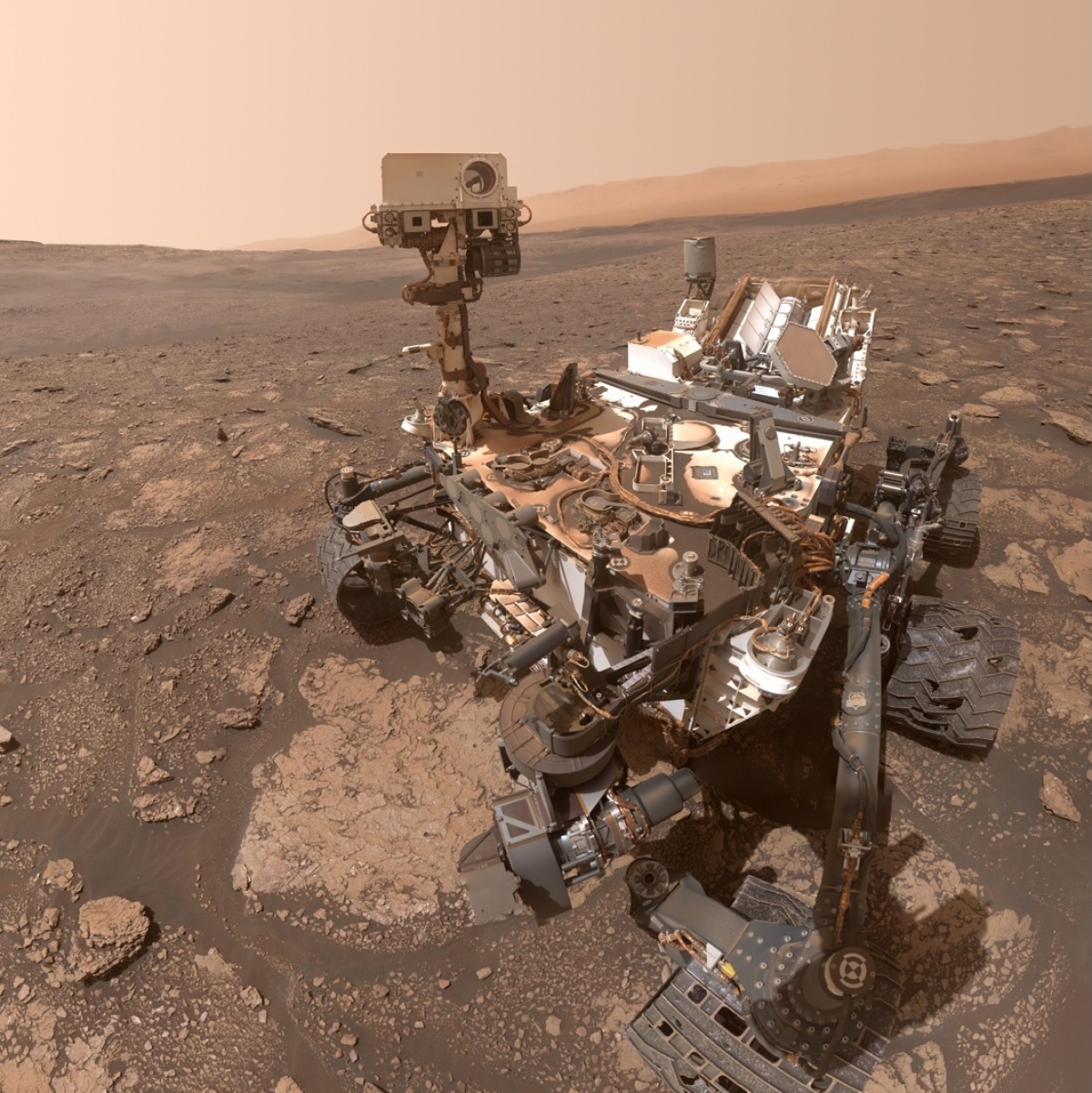News archive 2021
08.12.2021Energy Science Day 2021
Friday, December 10, 2021
On Friday, December 10, 2021, the Physics Department will host Energy Science Day.
The event is for students in the program - including new first-year students, alumni, tutors, instructors,
professors and guests.
Proceedings
Welcome by the professors
Year Abroad: brief reports from those who have just returned and insights from the year abroad from students who are currently abroad.
Professional Life: An alumnus reports
Entertaining experiments with Nicolas Wöhrl
Casual round of talks after the presentations
Space and time
Zoom Conference, Friday December 10, 2021, 4:00 - 6:00 p.m.
Externals can request the link at anne-kristin.pusch@uni-due.de.
01.12.2021The somewhat different Christmas candle!
Nicolas Wöhrl from the Collaborative Research Center 1242 from our Faculty of Physics presents a nice alternative to the usual Christmas candle: A fire tornado! Why it rotates so energetically and takes on this beautiful shape is explained by Nicolas Wöhrl in his video - especially for the Christmas season.
01.12.2021Excellent assessment: In each of the 5 most important criteria regarding study conditions, 1st place in Germany!
In the most important and comprehensive ranking on study conditions, the CHE ranking, the Master's program at the Faculty of Physics at the University of Duisburg-Essen scored best of all universities in Germany in the following criteria:
Transition to the master's program: 1st place, grade 1.4
Organization of studies: 1st place, grade 1.2
Support during studies: 1st place, grade 1.7
Support by lecturers: 1st place, grade 1.5
Academic relevance: 1st place, grade 1.5
"We are very proud to once again be ranked first in the CHE ranking, and again in several criteria at the same time. It motivates us and further encourages us in our efforts to create the best study conditions for our students and to respond personally to each individual," comments Dean of Studies Prof. Dr. Hermann Nienhaus, pleased with the results.
17.11.202125. German Female Physicists' Conference 2021 successfully concluded
The 25. German Female Physicists' Conference 2021 came to a successful conclusion on November 10. Thanks to the work of SFB 1242 and SFB/TRR 270, female physicists from a wide range of disciplines and career stages once again had the opportunity to make contacts and present their research topics to a broad audience.
But not only scientific topics were discussed at the conference, but also topics like gender equality in physics, aesthetics in natural sciences or the editor and reviewer process at Nature Chemistry. Together with the workshops, the poster session and the presentations of the sponsors, a broad and individual program was offered.
One of the three poster awards went to PhD student Jennifer Schmeink from the Schleberger research group. Ms. Schmeink was able to convince the jury with her poster on Fabrication and Characterization of 2D Janus-type Transition Metal Dichalcogenides. We congratulate her and hope to see her again at the 26th German Female Physicists' Conference 2022!

16.11.2021Experiment ERICA at ZARM
Every year, more than 400 experiments take place at ZARM (Center for Applied Space Technology and Microgravity) in the Bremen drop tower. One of them is called ERICA and is conducted by scientists from the University of Duisburg-Essen. This involves the development of a special experiment insert for drop tower capsules that enables experiments to be carried out under realistic asteroid protection conditions.
15.11.2021Dancing skirts - model calculations have shown that small magnetic skyrmions are suitable as qubits
When skirts fly while dancing, the folds behave similarly to the magnetization in a skyrmion. Their helicity can be used as a qubit. In their article in Physik Journal, the membership journal of the German Physical Society (Physik Journal 20 (2021) No. 11), Dr. Karin Everschor-Sitte and Dr. Sebastián A. Díaz of our Physics Department report on the results of the publication Phys. Rev. Lett. 127, 067201 (2021) by Christina Psaroudaki and Christos Panagopoulos.
08.11.202125th German Conference of Women Physicists starts
Today, from November 8 to 10, 2021, the 25th German Conference of Women Physicists starts. The target group of the digital event are female physicists of different disciplines and career levels - from students to professors, from interns to industrial physicists in top management - and all interested parties.
The scientific focus of the meeting will be the research foci of the collaborative research centers SFB 1242 "Non-equilibrium Dynamics of Condensed Matter in the Time Domain" (University of Duisburg-Essen) and SFB/TRR 270 "Hysteresis design of magnetic materials for efficient energy conversion" (Technical University of Darmstadt and University of Duisburg-Essen) established by the German Research Foundation. We want to present these as well as related topics to all from the field as well as to a broad, interested audience. We have invited national and international, female scientists who will introduce their field of research in their talks and who will be available to their audience for discussions and exchange.
06.11.202125th German Conference of Women Physicists - "This is such a beautiful subject!"
Marie Curie - and further? Women in physics are rare. To enable them to exchange ideas and network, the University of Duisburg-Essen (UDE) and TU Darmstadt are hosting the 25th German Conference of Women Physicists from November 8 to 10. About 300 virtual participants of all career levels are expected, registrations are still possible. An interview about annoying questions, one-sided education and possible Nobel Prize winners with UDE organizer Dr. Katharina Ollefs.
Dr. Ollefs, why is there a conference specifically for female physicists?
There are simply still relatively few women in physics, despite the positive developments, and they are often less visible. We want to move that forward. Career choice is of course a personal matter, but there are also more global phenomena, for example that girls and women are often not encouraged in this direction. I myself have been asked a hundred times whether I really want to study physics, and what I want to do with it afterwards as a woman. The challenges and sometimes hurdles are similar for most of them.
Why do you think comparatively few women are physicists?
I don't know either, it's such a beautiful subject (laughs). Maybe it's because the career field is not clearly defined: you can work for an insurance company or as a development engineer, do research at a university, and so on. But planning for the future in research can be difficult when important career steps collide with family planning. It probably also has something to do with parenting: In research, you also have to be able to say sometimes 'You may not think it's going to work out this way, but I'm just going to do it now.' I'm sure many girls are still being brought up with too much restraint.
How do the people you talk to react when you tell them you're a physicist?
They usually react with astonishment, and after that often comes either "Oh, I already didn't like that in school" or "But that's a difficult subject, isn't it?"
In the history of the Nobel Prizes in Physics, the award has only gone to a woman four times. In your view, is there a promising female candidate for the coming years?
That's not an easy question, but there are many impressive female researchers. If you look to the fringes of physics toward chemistry, Roberta Sessoli comes to mind, or in my own field of research, Gisela Schütz, the pioneer of magnetic X-ray circular dichroism. But there are also promising younger women scientists, for example Naemi Leo, this year's Herta Sponer Prize winner, who is working on artificial metamaterials and multiferroics, or Claire Donnelly, who is investigating magnetic structures in 3D. The two will also be speakers at the Physicists' Conference.
The scientific focus of the meeting will be two Collaborative Research Centers* - is that common?
These two SFBs are firmly anchored at the UDE, which is why we have placed the focus of the conference in this way. This is an unusual focus for a physicists' conference, otherwise they are more broadly based. We are therefore looking forward to the feedback, because it is a challenge for the speakers to present their topics in a way that is also understandable for physicists who are not familiar with the subject. With two exceptions, we only have female speakers in the scientific program.
How is the purely digital conference structured?
There are scientific lectures, and in parallel we have various workshops that are already fully booked. But we don't have a limit on the number of participants in the scientific program, so you can still register for that.
Are non-female participants also invited?
Of course they are! Because it is important to us that our male colleagues also hear the excellent female speakers. However, the special coaching program is only for women.
Now, finally, tell us: What's in the goodie package that was sent out with early registrations?
Oh, quite a lot, I just unwrapped mine. The most interesting thing is probably a pair of 3D glasses that you can put together and put your smartphone in. We plan to offer virtual lab tours of this during the conference.
The questions were asked by Birte Vierjahn.
* The 25th German Conference of Women Physicists in cooperation with the German Physical Society (DPG) is organized by the UDE and the Technical University of Darmstadt. The scientific focus is set by the Collaborative Research Centers (SFB) "Non-equilibrium Dynamics of Condensed Matter in the Time Domain" (SFB 1242)" and "Hysteresis Design of Magnetic Materials for Efficient Energy Conversion" (SFB/TRR 270 HoMMage).
26.10.202125th German Conference of Women Physicists - 270 registrations!
November 8-10, 2021: Professional exchange, career planning and networking of women in physics.
Silver paper and wire are already off! The champagne corks are just sitting loosely in the bottles. 270 registrations have been received - can we reach 300 together?
So register quickly and reserve the last workshop places!
21.10.2021Article in Spektrum der Wissenschaft - Is there or is there not chance?
The question of whether there is a real coincidence or whether everything follows a fixed plan can be argued about. Not only philosophers pursue this question, but also physicists like to deal with it - and it does not take many assumptions to show mathematically that chance exists not only in the quantum world, but also in reality.
In the November issue of Spektrum der Wissenschaft, Axel Lorke and Peter Kohl show that the throw of a cube is not predictable, even if we know all the parameters such as the height of the fall and the angle of rotation as precisely as possible. At this point it should be revealed: chance exists. If you want to know exactly, you can take a look at the booklet here.
21.10.2021Article on directed movement of domain walls makes it to the cover of Physical Review Letters journal
Domain walls in kagome antiferromagnets can be manipulated in a controlled manner by a single linearly polarized spin-wave source. This prediction is at the heart of a paper, "Spin-Wave Driven Bidirectional Domain Wall Motion in Kagome Antiferromagnets," resulting from a collaboration between K. M. D. Hals, A. Salimath both from University of Agder in Norway and the postdoctoral researcher D. R. Rodrigues and Twist Group Leader Karin Everschor-Sitte affiliated with the Johannes Gutenberg-University Mainz and the University of Duisburg-Essen, has been published in Physical Review Letters 127, 157203 (2021).
The paper predicts a mechanism by which domain walls in Kagome antiferromagnets can be manipulated in a controlled manner by a single linearly polarized spin-wave source. The scientists showed that the speed and direction of domain wall motion can be regulated by tuning the frequency of the applied spin wave. " Our analytical calculations reveal that the coupling of two spin-wave modes inside the domain wall explains the frequency-dependent velocity of the spin texture. " These results are highly relevant for applications in the field of antiferromagnetic insulator devices. The article is featured on the front cover of the Physical Review Letters Journal (Volume 127, Issue 15, 08 October 2021).
19.10.2021Master's program in physics reaccredited
All study programs at the UDE must regularly undergo a quality assurance procedure. In the Faculty of Physics, the Master's program in Physics (Master of Science) was most recently reviewed and awarded the seal of approval by the Accreditation Council.
All other subject and teaching degree programs of the faculty are also accredited. Not only the students, but also later employers can rely on the fact that the quality of the study content, the study structure, the personnel, material and spatial equipment and the modularization meet the requirements set by the Accreditation Council.
19.10.2021You can't get more precise than that! Novel sensor detects water molecules at lowest concentrations
Scientists at the University of Duisburg-Essen and Yuri Gagarin State Technical University in Saratov have developed a sensor that detects water molecules that sink onto its surface. The basis of the sensor is MXenes, two-dimensional inorganic compounds consisting of layers of transition metal carbides and nitrides only a few atoms thick.
Relative humidity is becoming an important factor defining comfortable and safe environmental conditions in biomedical processing, microelectronics, and health monitoring, and requires advanced equipment for its precise control. However, commercial sensors based on bulky materials are unable to detect very low H2O concentrations (< 50 ppm), which significantly limits the sensors' range of applications.
A team of scientists from the University of Duisburg-Essen (Germany) and Yuri Gagarin State Technical University in Saratov (Russia) is addressing this problem with a completely new strategy. They are using two-dimensional nanometric materials that can detect tiny amounts of water molecules that sink on their surface. "In this way, the sensor performance improves enormously - the detection limit is pushed far beyond the state of the art. You can't really do more than that," says first author Hanna Pazniak with delight. She has been at UDE since October 2020 and is actually studying magnetic MAX phases in the Collaborative Research Centre/Transregio 270 - "Hysteresis design of magnetic materials for efficient energy conversion" in project B02. The development of the new sensor is a good example of how research can be transferred to other fields in a short time.
MXenes - a new class of two-dimensional transition metal carbides and nitrides - played the key role. Mo2CTx MXenes were used, which have an enormous surface-to-volume ratio. The designed sensors show higher sensitivity than other MXenes to H2O vapors with a detection limit of 10 ppm, which is the lowest value known to date. High reproducibility and long-term stability for at least 6 months are other features that are prerequisites for series production use.
Overall, the outstanding performance of the developed Mo2CTx MXenes promises many potential applications where accurate hygrometry is required. The research results were recently published in the prestigious journal Advanced Materials (https://doi.org/10.1002/adma.202104878).
Pictured: Scanning Electron Microscopy of a Mo2CTx MXene Multilayer.
Weitere Informationen:
Dr. Hanna Pazniak, Faculty of Physics, hanna.pazniak@uni-due.de
Prof. Dr. Ulf Wiedwald, Faculty of Physics, ulf.wiedwald@uni-due.de
13.10.2021Conference MODERN DEVELOPMENTS IN QUANTUM CHAOS
From 20 to 24 September, in memory of the late professors and members of our faculty Fritz Haake and Peter Braun, this conference took place at the Physics Centre in Bad Honnef. It was organised by Sven Gnutzmann (Nottingham), Thomas Guhr (Duisburg-Essen), Henning Schomerus (Lancaster), Karol Życzkowski (Cracow/Warsaw) and generously funded by the Wilhelm and Else Heraeus Foundation.
Many high-calibre speakers made the conference a widely respected event. Due to the pandemic, it was a hybrid event, with about half of the seventy or so participants attending on site and the rest participating via the internet. All lectures were transmitted via ZOOM so that they were also available to guests. On Wednesday afternoon, when the picture opposite was taken, family and friends remembered the deceased with various contributions.
05.10.2021Energy Science Colloquium "Energy Systems Compared".
On October 12, 2021, the colloquium "Energy Systems in Comparison" started. In this series, experts from research and industry give exciting lectures on the topic of energy. More information about the Energy Science program.
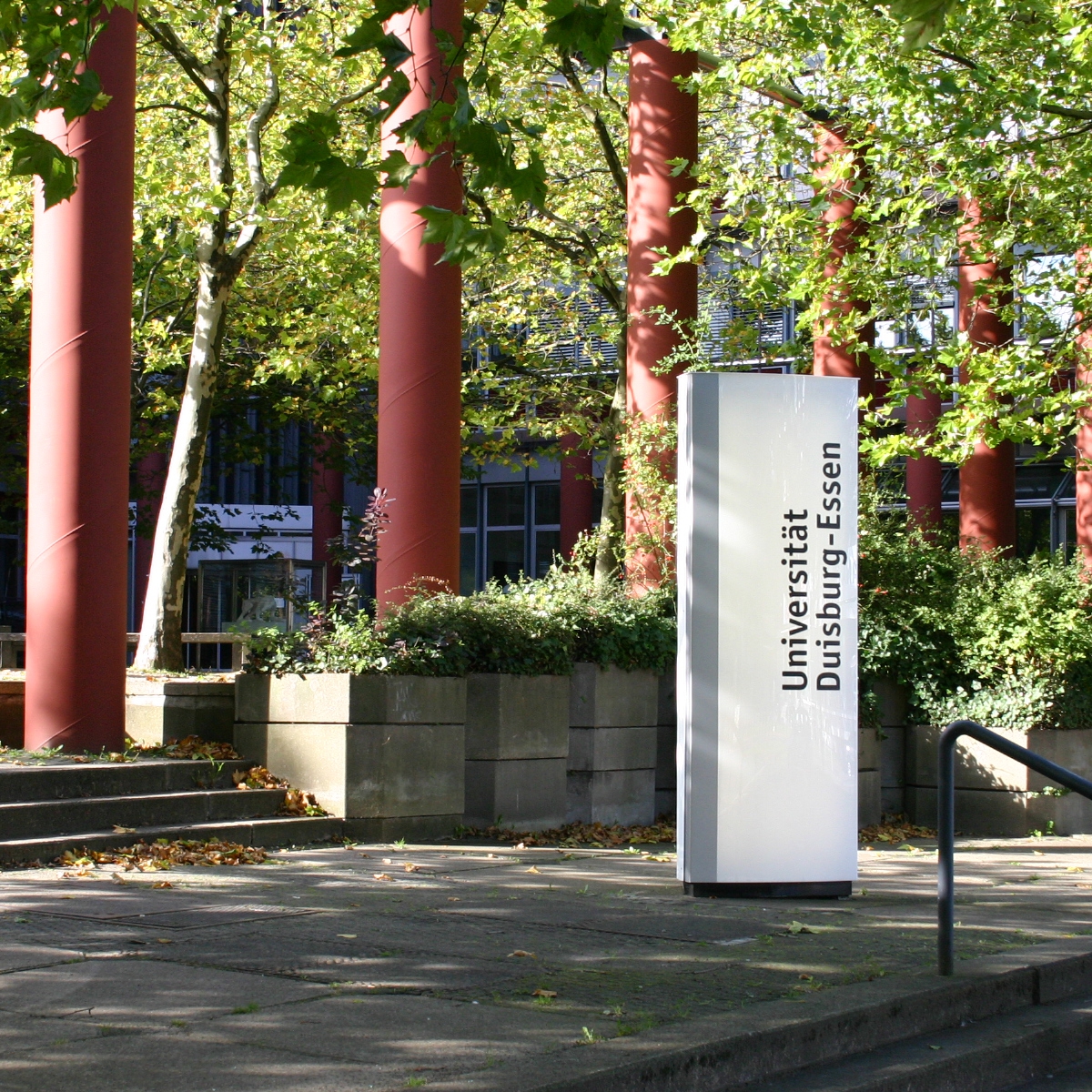
01.10.2021Orientation event for freshmen (Physics Teaching Post)
This year's orientation event for the physics teaching degree program is on Tuesday, October 05th, 2021. It is organized by the student council of the physics & technology teaching degree program.
Please note that access to the buildings of the University of Duisburg-Essen is only possible in compliance with the 3G rule (vaccinated, recovered, tested) and with a mask (medical mask or FFP2 mask). A check of the requirements will take place at the entrance of the university.
Program:
10 a.m.: Start of the information session for student teachers in engineering from the Department of Technology and Didactics of Engineering, which you can attend either in lecture hall S07 S00 D07 or live here.
11 a.m.: The student council for teaching physics and technology also offers an information session for students in technology at the same address, followed by a timetable consultation.
12-2 p.m.: Campus rally and barbecue for students of both subjects.
2 p.m.: Undergraduate information from physics faculty (S07 S00 D07 and live here). Please register in advance if you want to be there on site.
3 p.m.: Information meeting of the student council at the same address, followed by timetable consultation and barbecue.
16.09.2021Groundbreaking insight - sand hill on the moon
From planetary research to 3D printing: A long-standing problem in science and industry has been solved. Researchers at UDE and the University of Cologne have developed a mathematical model to predict the angle of slope for mounds that have been built up - even on the moon. The scientists have now published their results in the scientific journal PNAS*.
If sand is allowed to trickle on top of each other, a cone is formed that looks slightly different depending on the size of the grains. The angle of repose of the cone determines the flow behavior of the granules: the more flowable the granules, the smaller the angle of repose. The interplay of particle size, flow behavior and gravity is important for various industrial applications, such as 3D printing or in space and planetary research: "In the future, for example, components will be printed for probes in the space station or on the surface of the moon or Mars," says Dr. Eric Parteli, a physicist at UDE. For the right choice of particle size, the relationship described above must be understood. "A mathematical model for the slope angle, for example, makes it possible to infer the particle size of a planetary surface from the slopes of an extraterrestrial sedimentary landscape."
To realize such a model, the scientists used particle-based numerical simulations, also called discrete element simulations, in their work. They used them to create debris cone models from numerous combinations of different particle diameters and gravitational accelerations. From the results, they derived a mathematical equation for the angle of repose. They used glass spheres as granules for their theoretical simulations, since numerous experimental results on the angle of repose as a function of particle diameter are available for this in the literature.
It turns out that a sand hill - at least one made of sand-grain-sized glass spheres - is about ten degrees steeper on the Moon than on Earth, since only 17 percent of terrestrial gravity acts on the Moon. On Pluto, with its six percent of Earth's gravitational acceleration, such a cone of debris would be 20 degrees steeper than on Earth. "On Pluto, such a debris cone would look like a pile of powdered sugar," Parteli said.
Elekes, Filip; Parteli, Eric: An expression for the angle of repose of dry cohesive granular materials on Earth and in planetary environments; PNAS September 21, 2021 118 (38) e2107965118; https://doi.org/10.1073/pnas.2107965118: *https://www.pnas.org/content/118/38/e2107965118
For the full press release from the University of Cologne, click here.
Pictured:
Simulated debris cones on Pluto, Earth and hypothetical planet (from right).
Further information:
Dr. Eric Josef Ribeiro Parteli, Physics, Tel. 0203/379 4757, eric.parteli@uni-due.de
Editor: Jennifer Meina, tel. 0203/379 1205, jennifer.meina@uni-due.de
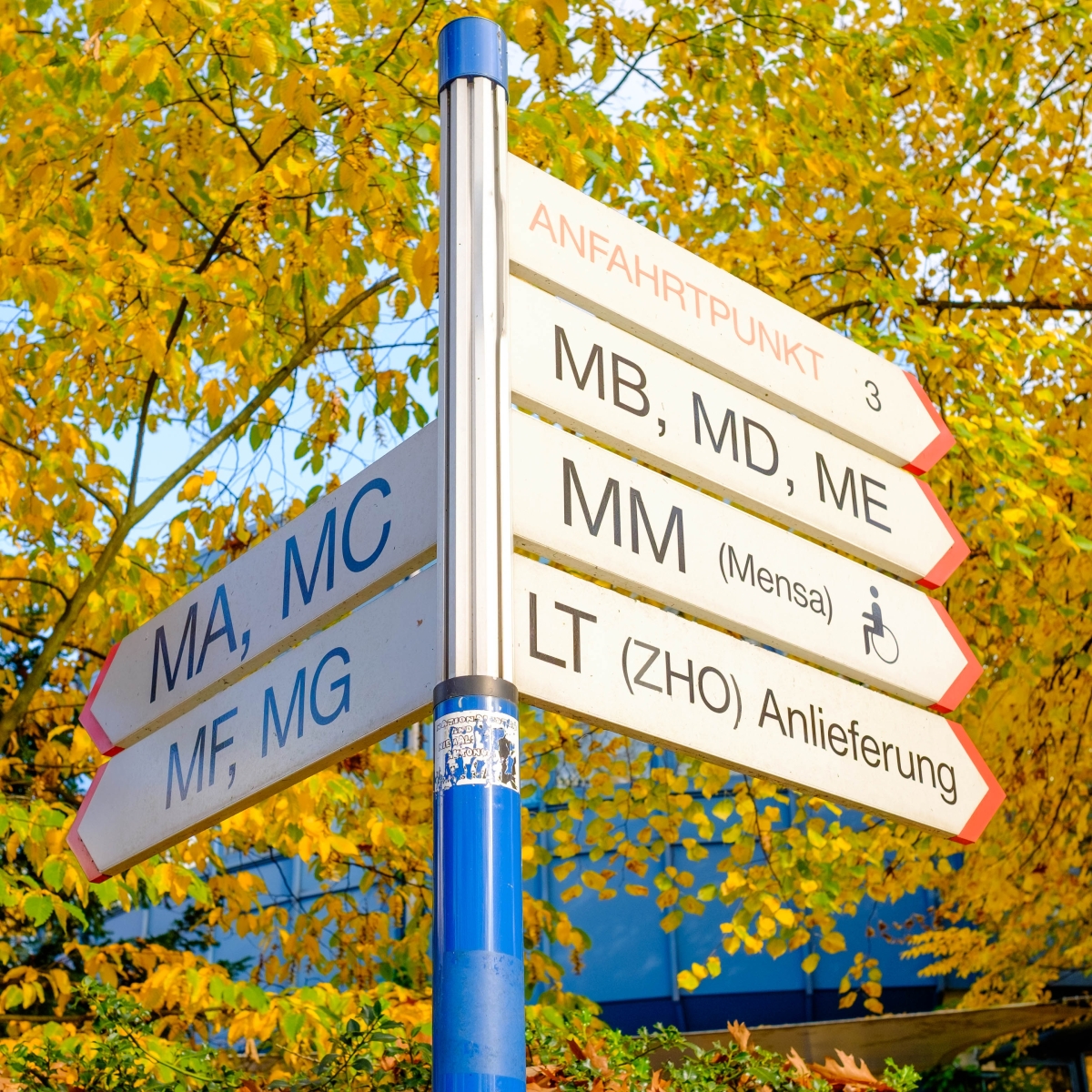
13.09.2021Orientation event for freshmen (Physics and Energy Science)
This year again, an orientation event for all students of the study programs Physics and Energy Science will take place in the week before the official start of lectures. This event is organized by the physics student council.
Please note that access to the buildings of the University of Duisburg-Essen is only possible in compliance with the 3G rule (vaccinated, recovered, tested) and with a mask (medical mask or FFP2 mask). A check of the requirements will be done at the entrance of the university.
Tuesday, October 05th 2021, Room MC 122 & MD 162:
09:30 a.m.: Informal connoisseurship (access to the university possible from 09:00 a.m. via entrance MC, 1st floor).
10:00 a.m.: Introduction to the study program by the Dean of Studies and the Student Representative Council
12:00 p.m.: Guided tour of the university in small groups.
Thursday, October 07th 2021, digital (link on page of the Fachschaftsrat Physik):
10:00 a.m.: Joint "digital" breakfast with buddies and mentors.
12:00 p.m.: Professors' Café
All students will receive an invitation with further information about the event and admission by mail.
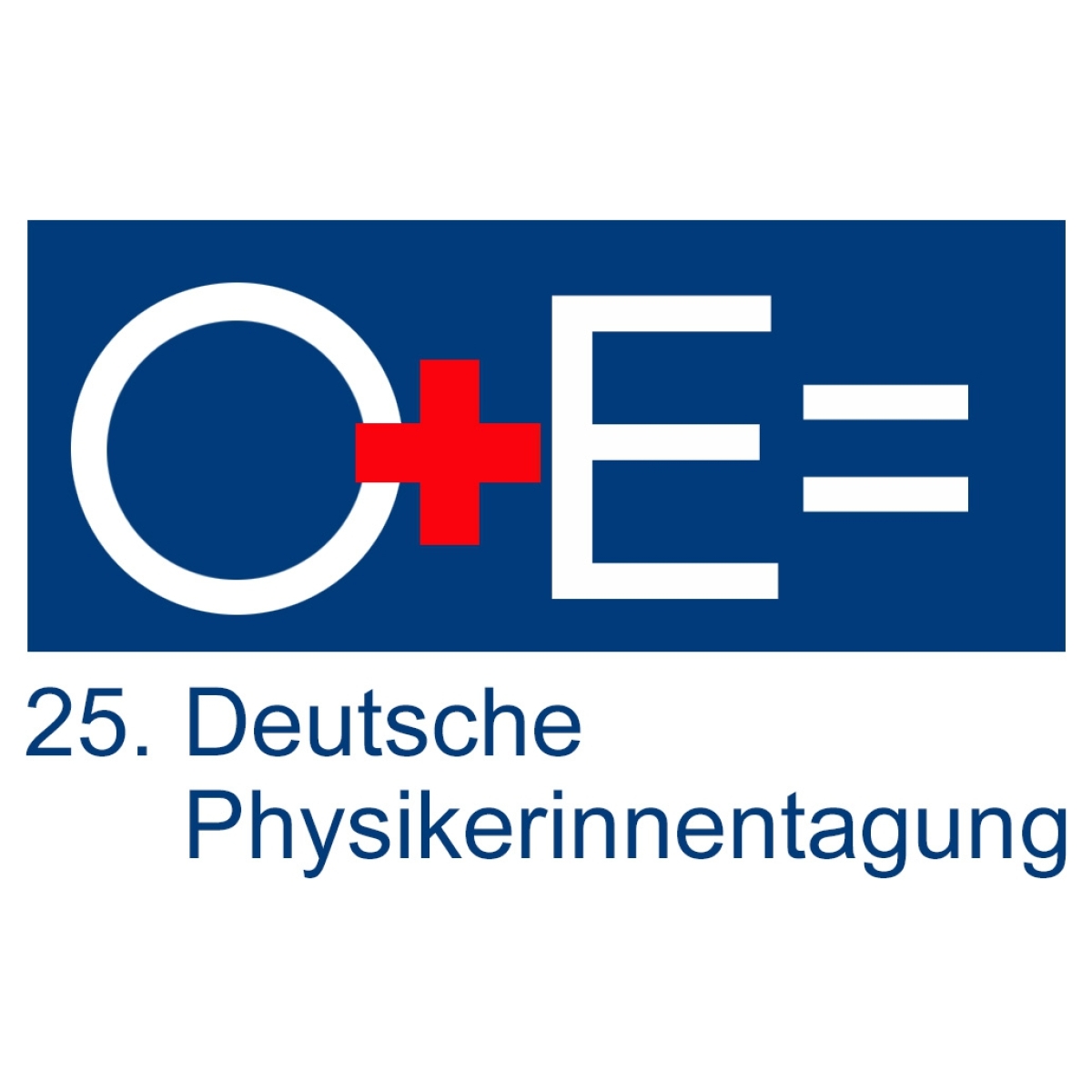
06.09.202125th German Female Physicists' Conference
From November 8th to 10th 2021, the 25th German Female Physicists' Conference will focus for three days on professional exchange as well as career planning and networking for women in physics.
The focus of the 25th German Female Physicists' Conference, which is being organized in its anniversary year by the University of Duisburg-Essen and the Technical University of Darmstadt and is taking place in cooperation with the German Physical Society (DPG), is on professional exchange on issues of solid-state physics and the materials sciences, as well as the idea of networking. The target group of the purely digital event are female physicists from various disciplines and career levels - from students to professors, from interns to industrial physicists in top management - as well as all interested persons.
The scientific focus will be on the collaborative research centers "Non-equilibrium Dynamics of Condensed Matter in the Time Domain" (SFB 1242)" in Duisburg and "Hysteresis Design of Magnetic Materials for Efficient Energy Conversion" (SFB/TRR 270 HoMMage) in Duisburg and Darmstadt, established by the German Research Foundation, with national and international speakers, discussions and a specialist poster exhibition.
There will also be numerous events on networking, soft skills and planning a career at university or in industry. For example, the networks "mentoring³" and "mentoring hessen" will introduce themselves. "We want to share our enthusiasm for the topics of our collaborative research centers with other female physicists - also from other research fields - and at the same time make it easier for female physicists to advance at all levels with the coaching offers," explains Dr. Katharina Ollefs, main organizer of the conference and herself on the path to a scientific career. From Monday, 8 to Wednesday, 10 November 2021, participants in the online events can switch at will between professional discussion or networking topics.
The German Female Physicists' Conference exists since 1997. After being organized independently for some time, this year the German Female Physicists' Conference will again be held in cooperation with the DPG.
26.08.2021An Attosecond in the World of Atoms and Molecules - A History of Short Time
What happens in a billionth of a billionth of a second in the world of atoms and molecules? That's what Collaborative Research Center 1242 is investigating - and even making the unimaginably fast visible to the human eye.
21 ...22 ... If you want to estimate the duration of a second, you can use a convenient trick. At normal speaking speed, we reproduce four syllables in about one second. In everyday life, this may often be quite sufficient - but it's a different story in the world of research. Here, much more precise times are important, and fractions of a second can matter. But what is a second?
When the earth was still assumed to rotate uniformly on its own axis, a second was the sixtieth part of a minute, a minute in turn was the sixtieth part of an hour, and then as now the day had 24 hours. Around 1885, however, Karl Friedrich Küstner at the Bonn Observatory was able to show that the Earth does not move uniformly, but wobbles slightly around the poles. This doesn't sound like much, but it does have an influence on our lives. Due to these pole fluctuations, an average day on Earth does not last exactly 24 hours, but 23 hours, 56 minutes and 4.0989 seconds. That's why we have the regular leap years and leap seconds to keep in time with our planet.
Since 1967, the length of a second has been precisely defined: It is based on the period of a fixed atomic transition of the 133 cesium atom. This element was chosen because the transition between its ground states was measurable with the electronic devices of the time - although the process occurs exactly 9,192,631,770 times in a second.
In physics, time is considered a directed quantity - that is, it progresses from the birth of the universe to our present time. The researchers of the Collaborative Research Center (SFB) 1242 are investigating various temporal changes. They are looking at condensed matter, basically all the material materials that surround us. The research objects become particularly exciting at the point where they lose their equilibrium and leave their state of rest. This is also how the name of the SFB can be understood: Non-equilibrium dynamics of condensed matter in the time domain.
What is time domain?
Professor Uwe Bovensiepen, spokesperson and scientific director, explains what is behind the term time domain: "Physical phenomena can be considered from different aspects. For example, if you think of light passing through a prism and fanning out in color, you're looking at the spectral domain, a dependence of light color on wavelength."
The domain that the physicists:inside the SFB are looking at is different, as the scientist goes on to explain, "We observe in the time domain. That requires technical tricks and more sophisticated tools. We use an effect that everyone knows from real life: the Doppler effect. This occurs when you hear an ambulance with a siren driving toward you. The frequency and thus the sound changes as the vehicle approaches and passes. It also happens on a small scale when you observe individual atoms in the air."
In the Collaborative Research Center, for example, atoms and their interaction in solid bodies are studied. To do this, electrons are excited, brought out of equilibrium, and we look at how they behave when they return to their initial state. The propagation of such excitations and the coupling with other atoms lead to exciting phenomena here. For example, light can be amplified, or there are structural transformations, for example, from disordered to ordered structures.
Solid-state lasers, whose pulses can be controlled extremely precisely, play an important role in research. Many of the experiments performed are so-called excitation-interrogation experiments (pump-probe in English). A first laser pulse excites a particle, and a second, precisely timed, interrogates the result. The intervals between the two pulses can be regulated and changed extremely precisely.
A kind of flip book
The result is always a snapshot. If the experiment is carried out again and again in this way and the second laser pulse is set a moment later each time, a whole series of these snapshots is produced. Similar to a sports photographer who can retrace the winning jump at the Olympic Games in many hundreds of individual images, a kind of flip-book is also created for the scientists. A sequence of events that actually takes place at breakneck speed can thus be observed in slow motion and even fast-forwarded and rewound.
"Our research takes place in the femto- or attosecond range. An attosecond is a billionth of a billionth of a second, which is almost unimaginably short. For comparison, the universe is about 1018 seconds. And an attosecond is 10-18 seconds long. So the age of our universe relates to a second in the same way that this second relates to the length of the processes we are studying," explains Uwe Bovensiepen.
In the end, the scientists hope that their basic research will contribute to new material properties. These could, for example, improve catalysts or lead to new energy storage systems - a highly relevant topic in view of the climate crisis.
The SFB is currently in its second funding period. "If you want so much money from the German Research Foundation, you have to justify it well," says Uwe Bovensiepen. "The UDE itself plays quite successfully in the national league of universities - and enables us to be in the Champions League with research. This also allows us to attract top international stars and appoint them as new professors." However, it takes not only money to do research, but also time. And the members of the SFB use it in their own way.
What happens in a second
- A passenger plane flies 250 meters.
- Sunlight covers a distance of 300,000 km - and the sun loses 4,000,000 tons of mass.
- On its way around the sun, the earth travels 30 kilometers.
- 4.3 children are born.
- A new 500 hours of video are added to YouTube.
- The human heart continues to pump 83 milliliters of blood.
- A hummingbird beats its wings 80 times.
In the picture: Professor Uwe Bovensiepen in the laser lab.
23.08.2021Obituary Prof. Peter Entel - researcher, idea generator, networker
The Faculty of Physics mourns the death of Prof. Peter Entel. The senior professor passed away on August 4th at the age of 77. With Peter Entel, the faculty loses a passionate researcher, idea generator and discussion partner for whom science always came first.
After studying physics from 1966 to 1971 at the University of Saarbrücken, Entel's path led him to Cologne. He earned his doctorate here in 1975 and his habilitation seven years later, also there. In the same year, he was appointed to a C2 professorship in theoretical physics at the then University of Duisburg. Here he worked for many years as a project leader in three collaborative research centers and from 1997 to 2005 as the spokesman of the GRK 277 "Structure and Dynamics of Heterogeneous Systems".
A major focus of his work was the computer-aided prediction of the properties of magnetic alloys, large molecular systems and nanoparticles in the framework of density functional theory. Through numerous visiting appointments, including at the University of California at Santa Barbara, Aoyama Gakuin University in Tokyo, TU Vienna, and Oskaka University, he established an international network that enabled him to open up established fields to new methods.
Even after his retirement, Entel remained loyal to the UDE as a senior professor. Among other things, he significantly advanced the fundamental understanding of the electronic properties of magnetic shape memory alloys and materials for novel solid-state-based cooling methods, earning him worldwide recognition. "He passed on his enthusiasm for new physics problems and ideas to numerous graduate students, many of whom continue to be involved in research and teaching throughout the world," according to the faculty.
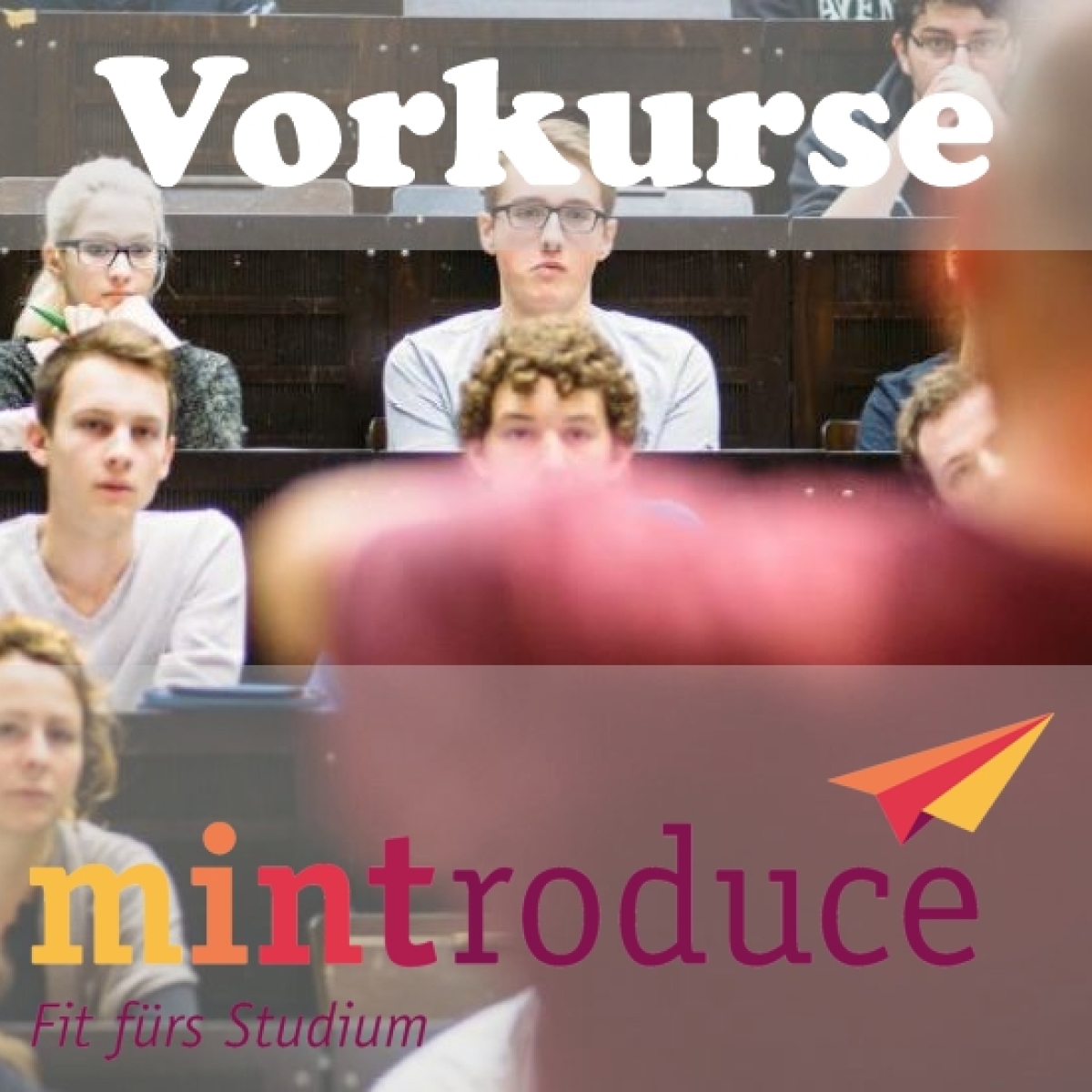
16.08.2021The preliminary courses start!
In order to successfully master your STEM studies, it is important to orientate yourself early on and to prepare for your studies.
With mintroduce, the UDE has created a pre-course offer that supports you in closing possible gaps in your knowledge and in refreshing and deepening previous school knowledge. In addition, you have the opportunity to gain initial experience at the university and to get to know your future fellow students. In this way, you will be ideally prepared for your entry into university!
We strongly recommend that you also participate in the corresponding pre-courses in mathematics and chemistry (chemistry for physicists).
Since the pre-courses take place exclusively online this year, you will need a digital device, ideally a laptop, tablet or desktop PC, and a stable internet connection. In addition, these devices should ideally have a camera and a microphone so that you can actively participate in the course. For the best possible sound quality, it is recommended to use a headset with microphone.
The pre-course system is aimed at prospective students and future bachelor's and teacher training students in mathematics, computer science, natural sciences, technology (engineering), medicine and economics. Since it is a voluntary and free pre-course program, you only need to register to participate.
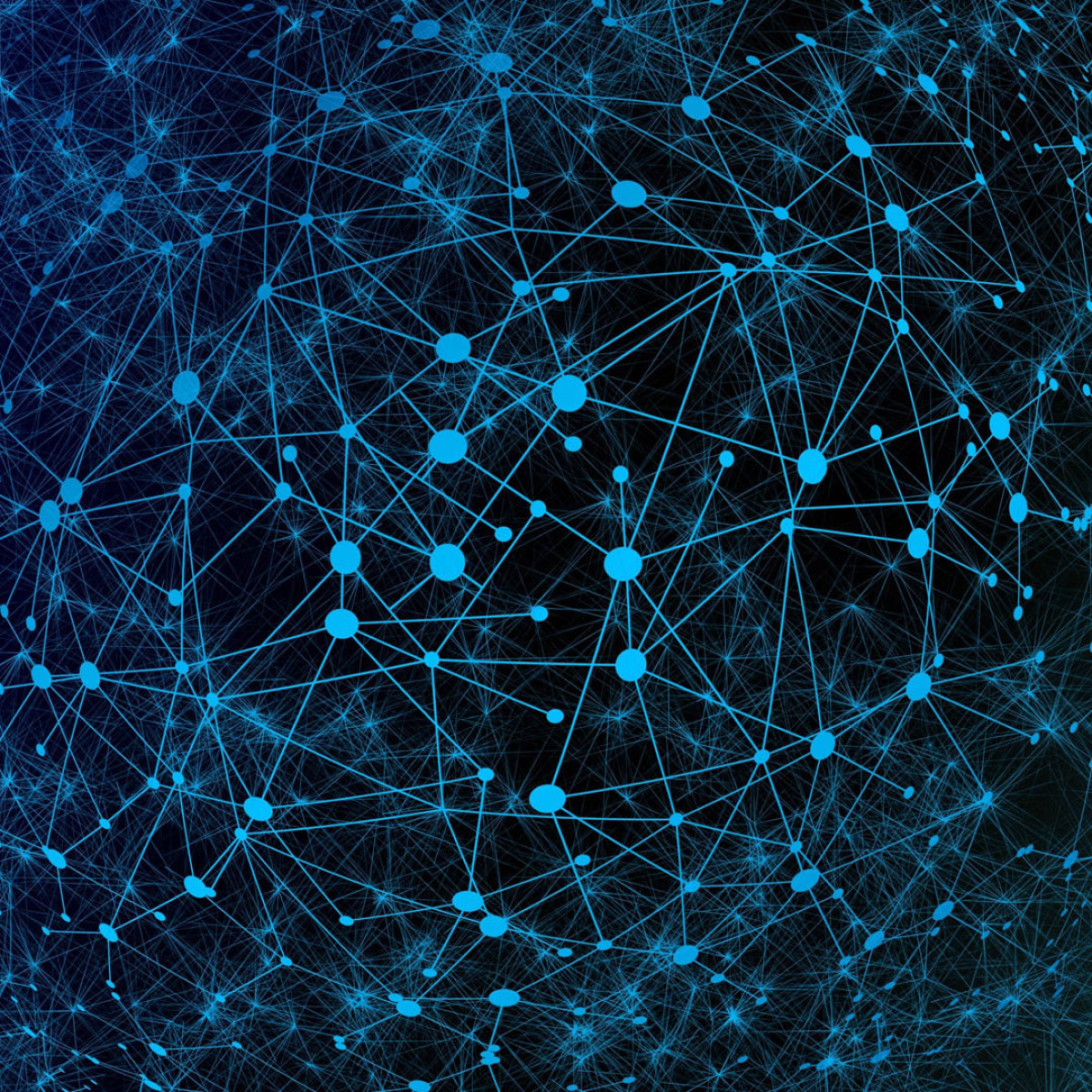
20.07.2021Materials Science in the UA Ruhr – Making Research Data Jointly Usable
Two consortia with the participation of researchers from the UA Ruhr have been selected for federal and state funding of the National Research Data Infrastructure, or NFDI for short. Both consortia are dedicated to materials research, a focus of the UA Ruhr. "FAIRmat" and "NFDI-MatWerk" were approved after a multi-stage selection process. The funding is scheduled to run for five years.
The research group of Prof. Dr. Rossitza Pentcheva from our Faculty of Physics is one of the funded projects.
06.07.2021Sponsorship extended
The Buddy System of the Faculty of Physics has extended the sponsorship with porcupine "Buddy" from the Zoo Duisburg for another year. Thus, in addition to the student buddies, the new first semester students will again have an animal godfather at their side. Further information about the godfather animal can be found here.
28.06.2021freestyle-physics video competition - basement and kitchen instead of campus
It was colorful, windy and quite tricky: For the 20th time, young scientists had the opportunity to demonstrate their skills in the freestyle-physics competition at the UDE - due to Corona, the basement, kitchen and children's room had to be used for the presentation instead of the campus in Duisburg. The award ceremony took place on Friday afternoon, June 25, via live stream. Nevertheless, everyone - from grades 5 to 13 - was enthusiastic: 46 videos were submitted for the three tasks of crystal growing (21), wind turbines (13) and kaleidoscopes (12).
The participants not only had to be creative and experiment, but also film, edit and moderate, as they did last year: "It was particularly exciting for us to see how the process works. Otherwise, we only ever see the finished product," explains Dr. Andreas Reichert from the Faculty of Physics. He can therefore well imagine that in 2022 - should the pandemic situation allow it - participants will be able to show a short video on site in addition to the solution to the problem they brought with them. There is no intention of doing without a presence. "freestyle-physics thrives on a sense of community. Normally, up to 2000 students are on site on the day of the decision. They exchange ideas, discover new things and get to know the university, the campus and the faculty. We don't want to miss that," says Reichert, who has helped organize the event since 2007. More than 30,000 children and young people have taken part so far. A sense of community was also created by the swarm task, in which the 30 participants used the pressure sensor of their smartphones to determine the mass of air molecules and missed the literary value by only one percent.
The winners of the three individual tasks: Houke Hoeksema from Kopernikus Gymnasium in Duisburg-Walsum built wind turbines with extremely good efficiency. Maximilian Günther Steuer from Franz-Haniel Gymnasium in Duisburg grew a crystal from blood liquor salt. Maike Lienesch from Antoniuskolleg in Neunkirchen-Seelscheid competed with a homemade kaleidoscope, and Leon Maurice Klein and Maurice Neveling from Georg-Müller-Gesamtschule Wetter programmed their own kaleidoscope. Special prizes were also awarded, including the sustainability prize together with the Fridays for Future Group Duisburg for a reusable model of a wind turbine made of Lego.
The highlight videos including the award ceremony of this year's competition can be seen on the YouTube page of freestyle-physics.
Editor: Jennifer Meina
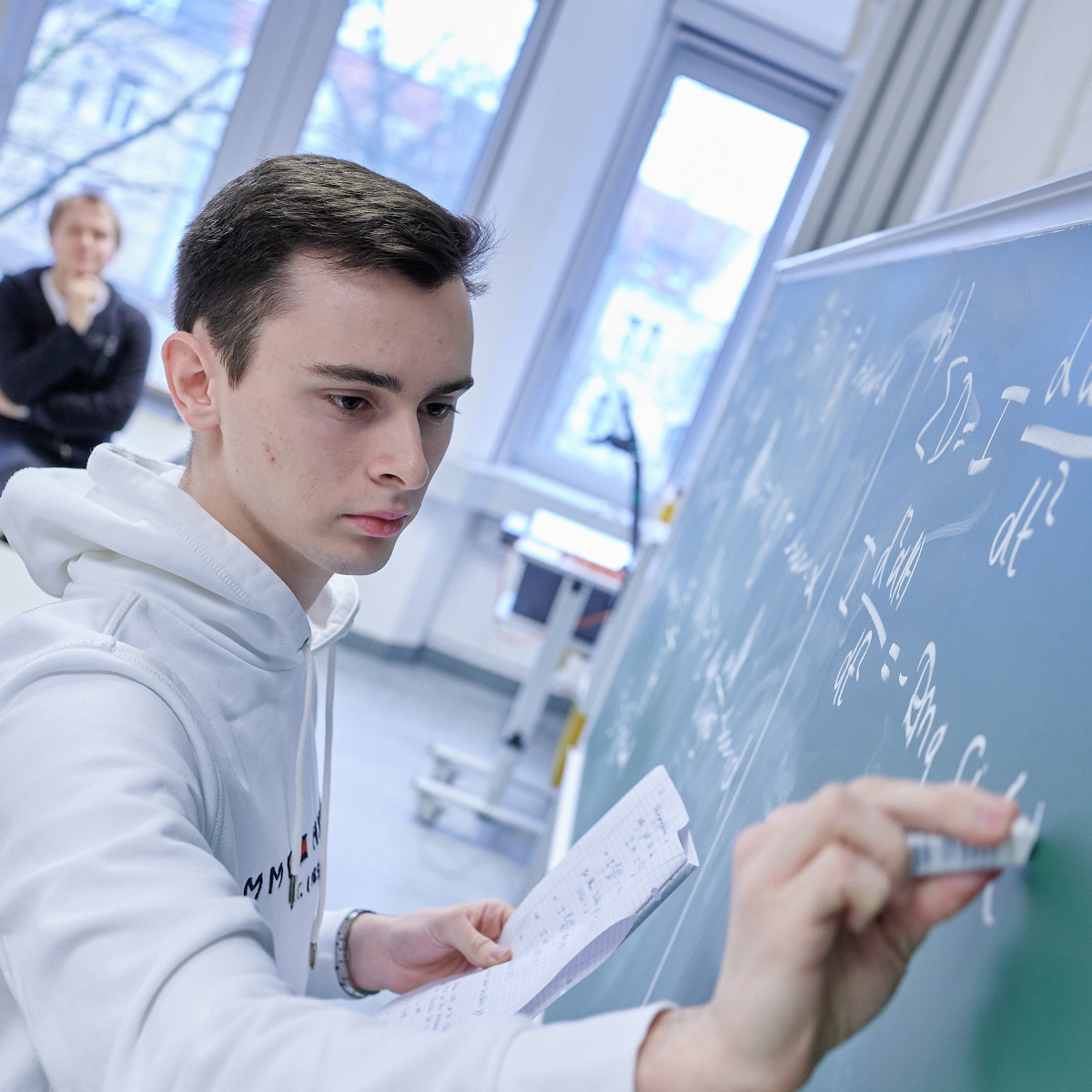
11.06.2021Long evening of student advising
Still not sure which subject is right for you? Want to talk directly with students about different majors? At the Studi-Talk on June 24, there will also be a Zoom room where two of our buddies will be available to talk about the Physics and Energy Science degree programs.
The Academic Advising Center of the University of Duisburg-Essen (ABZ for short) is organizing the long evening of student advising for Thursday, June 24, 2021.
There, personal consultations will be offered between 16:00 - 20:00 via telephone and Zoom and e-mail. In parallel, there will be a lecture on application procedures and enrollment at the UDE at 17:00. Then at 18:00 a lecture on scholarships.
Between 19:30 and 20:30 there will be the Studi-Talk, where prospective students can talk directly with students about different study programs - among others with two of our buddies from the study programs Physics and Energy Science.
27.05.2021New Description of Electrification by Contact - Transfer of Charge Observed
Everyone has gotten an electric shock when touching a door handle. That’s because when two different substances touch, an electrostatic charge can occur that dissipates with a small flash. This frictional electricity can be used, for example, to separate particles in exhaust gases, but it can also unintentionally trigger explosions, for example when flammable liquids or powders are being handled. However, what exactly happens during contact electrification is so far only rudimentarily understood.
A team led by experimental physicist Prof. Rolf Möller at the University of Duisburg-Essen (UDE) has succeeded for the first time in observing a transfer of charge during a brief contact; their findings are included in the latest version of the journal Science Advances.*
Every microscopic contact between materials leads to a charge. If there are many contacts, very high electrical voltages of several thousand volts can be generated. “Although this has been known for a long time, it is still unclear what kind of charged particles these are that are transferred during contact,” says Möller. “They could be single electrons, atoms (ions) or whole molecules consisting of several atoms.”
To get closer to a solution, one would have to analyze exactly the moment when the charge is transferred from one material to the other. This happens breathtakingly fast during contact, namely in a few millionths of a second or even faster.
The process cannot be recorded with conventional equipment. Therefore, Prof. Möller’s research group developed new electronic charge amplifiers that measure very small charges in microseconds. “We dropped a ball with a diameter of 1 millimeter onto a plate from a height of a few centimeters, so that the ball bounced many times. In the process, we measured how the charge changes each time that it comes into contact with the surface,” explains Prof. Möller.
Surprisingly, the team found a higher voltage than expected according to the known calculation model. “This is even found for metals, e.g., a gold sphere on a copper plate,” emphasizes Prof. Möller. “However, exactly this -- namely electrification by contact between metals -- is considered one of the few clarified processes in the field of frictional electricity. We were able to demonstrate that the transferred charges, although not very large, are sufficient to allow a voltage of 10 volts to occur between the metal ball and the metal plate.”
The speed at which the ball hits the plate must be considered, and this speed was missing from the previous model. “We therefore proposed a new model based on the old one. This incorporates the deformation of the plate and the sphere at contact,” explains Prof. Möller.
* The results are published in the open-access* journal Science Advances:
Kaponig et al., Sci. Adv. 2021; 7 : eabg7595
In the picture: Prof. Rolf Möller and Andre Mölleken at the setup. Photo: UDE/Andreas Reichert
The video displays in slow motion how the charge (red line) measured at the lower plate evolves in time. The blue line shows the corresponding height which can be deduced from the data. Between successive contacts the ratio between the two signals is given by the charge on the sphere (and a constant factor given by the geometry).
Further information:
Prof. Dr. Rolf Möller, Experimental Physics, Tel. +49 203 37 9 4220, rolf.moeller@uni-due.de
Redaktion: Ulrike Bohnsack, Tel. +49 203 37 9 2429, ulrike.bohnsack@uni-due.de
25.05.2021Vocational fair vocatium online on June 2 and 25 - we will be there!
Physics or Energy Science or teaching physics, or should I study something completely different? Are you still undecided? Then you can get advice from us at the online career fair vocatium on June 2 and 25, 2020, 15:00 to 18:00.
10.05.2021Increasing the Accuracy of Torque Sensors - The Road to the Quantum Gyroscope
Their calculations show how the motion of tiny particles can be damped by light until the everyday laws of physics no longer apply: Put simply, these are the results of physicists at UDE, on which no less than three publications have appeared in renowned journals*. Although this is basic research, the findings could help develop more accurate torque sensors.
Gyroscopes are not only found in children's rooms - their rotational movements are also used as motion sensors in vehicles or as stabilizers in ships. Most applications rely on the amazing way rigid objects rotate and respond to external forces and torques: There's the gyroscope stabilization that keeps a rolling coin upright, or the tennis racket effect that describes the sprawling stagger of such an upended piece of sports equipment.
In recent work, researchers led by Dr. Benjamin Stickler have now proposed an experiment to dampen the motion of nanometer-sized spinning tops to the point where it follows the laws of quantum physics: "From this, we expect to see further surprising phenomena that can only occur in this state," says the physicist.
Tweezers made of light
In the proposed experiment, the spinning top - a silicon particle only nanometers in size - is held in suspension in optical tweezers. In this trap formed from laser light, the invention of which was honored with the Nobel Prize in Physics in 2018, a particle can still oscillate and spin in a limited way. To observe and exploit quantum effects, however, this remaining motion must be damped: This is possible by placing the particle between two mirrors that reflect the laser light it scatters and reflect it back to the particle. The team has now shown that it is possible to damp both the oscillatory and rotational motion of the particle to the desired state when the laser field of the optical tweezers oscillates in the shape of an ellipse.
This not only represents a significant step toward fundamental research and application of quantum gyroscopes: In the future, the method will also make it possible to observe effects that can significantly increase the accuracy of current torque sensors.
In the image: the nanoparticle (blue) spins and moves in a laser field (red), where its motion is damped by reflection of light (wavy lines) from the adjacent mirror
*Original publications:
https://doi.org/10.1103/PhysRevLett.126.163603, https://doi.org/10.1103/PhysRevA.103.043514 and https://doi.org/10.1088/1367-2630/aaece4
Further information:
Dr. Benjamin Stickler, Theoretical Physics, benjamin.stickler@uni-due.de
Editorial office: Birte Vierjahn, Tel. 0203/37 9-2427, birte.vierjahn@uni-due.de
04.05.2021UDE in CHE Ranking - Support for first-year students receives top marks
The UDE has been striving to make it as easy as possible for first-year students to start their studies, and not just since the outbreak of the Corona pandemic. Advising and mentoring services have been systematically expanded. This has now been rewarded with top marks in the latest ranking by the Center for Higher Education Development (CHE) in all the study programs assessed.*
"The transition from school to university always means an adjustment," says Prof. Isabell van Ackeren, Vice Rector for Studies and Teaching at UDE. "In times when university operations are largely digital and it is hardly possible to meet fellow students or teachers in person, this phase is particularly challenging. We are very pleased that our efforts have met with a positive response."
UDE study programs also scored well in other categories. Physics, for example, received top ratings for supervision, course offerings, study organization and support for studying abroad. Chemistry also received top marks for study organization, as well as for support during studies and teaching of scientific and methodological skills. In the subject of sports/sports science, the supervision and support during studies were rated as very good.
In research, medicine impressed with citations per publication and postdoctoral degrees. Computer science in both engineering and economics also achieved a top ranking here with the number of publications by its researchers. Political science, in turn, stood out with a high percentage of third-party funding per scientist:in.
The CHE university ranking is the most comprehensive of its kind in the German-speaking world: more than 300 universities and universities of applied sciences were examined and over 120,000 students were surveyed. The special feature: In addition to facts about studies, teaching, facilities and research, student judgments are also included in the evaluation. Each subject is re-evaluated every three years.
* These are: Biology, Chemistry, Computer Science, Mathematics, Medicine, Physics, Political Science, Sports.
In the picture:
Prof. Marika Schleberger with students of physics.
More information:
http://www.zeit.de/che-ranking
Editorial office: Dr. Thomas Wittek, Tel. 0203/37 9-2430, thomas.wittek@uni-due.de
29.04.2021The Golden Blogger - And the winner is ... Minkorrekt!
It is the oldest and most important social media award in Germany: the Golden Blogger. This year, it went in the science blog category to UDE physicist Dr. Nicolas Wöhrl and his colleague Dr. Reinhard Remfort, who earned his doctorate at UDE. They received the award for their blog "Methodisch inkorrekt!", or Minkorrekt for short.
Even though the prize - in internet terms - has been awarded since the Stone Age, since 2007 to be precise, this category is very young: it has existed since 2019 and, due to the pandemic, was only awarded for the second time this year. "This shows very nicely the growing importance of science communication through blogs," Wöhrl is pleased to say. Anyone who has been following the goings-on of the two physicists for a little while is not surprised that they have now been able to convince the jury and the audience. In addition to their activities in social media, the two also regularly appear on German stages. There, they are celebrated as "rock stars of science" and bring scientific topics closer to their audience with live experiments, among other things.
It was on stage that it all began for the two of them: First, they performed at science slams. Since 2013, they have been producing their podcast Minkorrekt every two weeks. They wanted to talk about science in more detail. "Not just about the results, but also about the 'behind the scenes,'" Wöhrl explains. How does science work? How does research work? What do scientists do? That's what they want to convey. And so they started recording the podcast and reporting from life as researchers at UDE. "We enjoy science and would also show ourselves experiments in private or talk about publications that we find fascinating. The fact that people are still listening to us in the process is all the nicer," says the physicist.
Not only informing, but also entertaining
The two publish their podcast episodes online on their blog. Listeners can post comments and ask questions. And, of course, the duo's tour schedule is also available there - unless Corona prevents them from performing. As a rule, the topics must meet four criteria: The publications they review must be current and of interest to them themselves. "In addition, we also have to be able to explain them - in fact, we can't always do that - and it's nice if we can pack it with a bit of fun and humor. After all, we don't just want to inform, we also want to entertain," Wöhrl emphasizes.
Until they can perform live in front of an audience again, the physicists have discovered another social media channel for themselves: the live streaming video portal Twitch. They also appear there every two weeks. Viewers can ask questions during the show or comment on the topics. "It's especially great to be able to interact directly with the public," says the scientist enthusiastically.
28.04.2021New at UDE: Karin Everschor-Sitte - Nanomagnetism
Conventional computer technology will soon reach its limits: "Magnetic nanostructures are suitable for novel energy-saving computing concepts," says Prof. Dr. Karin Everschor-Sitte. At the Faculty of Physics, the new UDE professor of theoretical physics is researching, among other things, the physics of magnetic vortices, so-called skyrmions, and how they can be used.
It has long been apparent that conventional computer technology will soon be unable to keep getting faster and smaller, says Everschor-Sitte. New energy-efficient methods are needed and already under development. The physics of nanomagnetism offers many approaches to this, such as neuromorphic computing, reservoir computing, stochastic computing and others.
Karin Everschor-Sitte has been working with magnetic structures since she studied mathematics and physics at the University of Cologne and graduated with an excellent diploma thesis on the manipulation of magnetic structures. In 2012, she received her doctorate there on the topic of "skyrmions" with top marks; she helped to establish the now large research field. She then conducted research at the TU Munich (2012/13) and the U.S. University of Texas, Austin (2013-2015), among others. Before coming to UDE, she led an Emmy Noether junior research group at the University of Mainz.
Her research group "TWIST - Topological Whirls In SpinTronics" will now conduct research in Duisburg. "We investigate how the interplay between skyrmions, different magnetic structures and spin and charge currents looks like. It is controlled by microscopic mechanisms within the materials, which we also want to understand," the 37-year-old explains. "If we know more about them, the properties of the magnetic nanostructures can be optimally exploited."
Her research complements the work of the Collaborative Research Centers SFB/TRR 270 and SFB 1242 in the Department of Physics. TRR 270 is investigating magnetic materials that are more efficient and conserve resources than previous ones for use in energy technology. SFB 1242 deals with ultrafast processes in non-equilibrium.
Further information:
Prof. Dr. Karin Everschor-Sitte, Theoretical Physics, karin.everschor-sitte@uni-due.de
Editorial office: Alexandra Nießen, Tel. 0203/37 9-1487, alexandra.niessen@uni-due.de
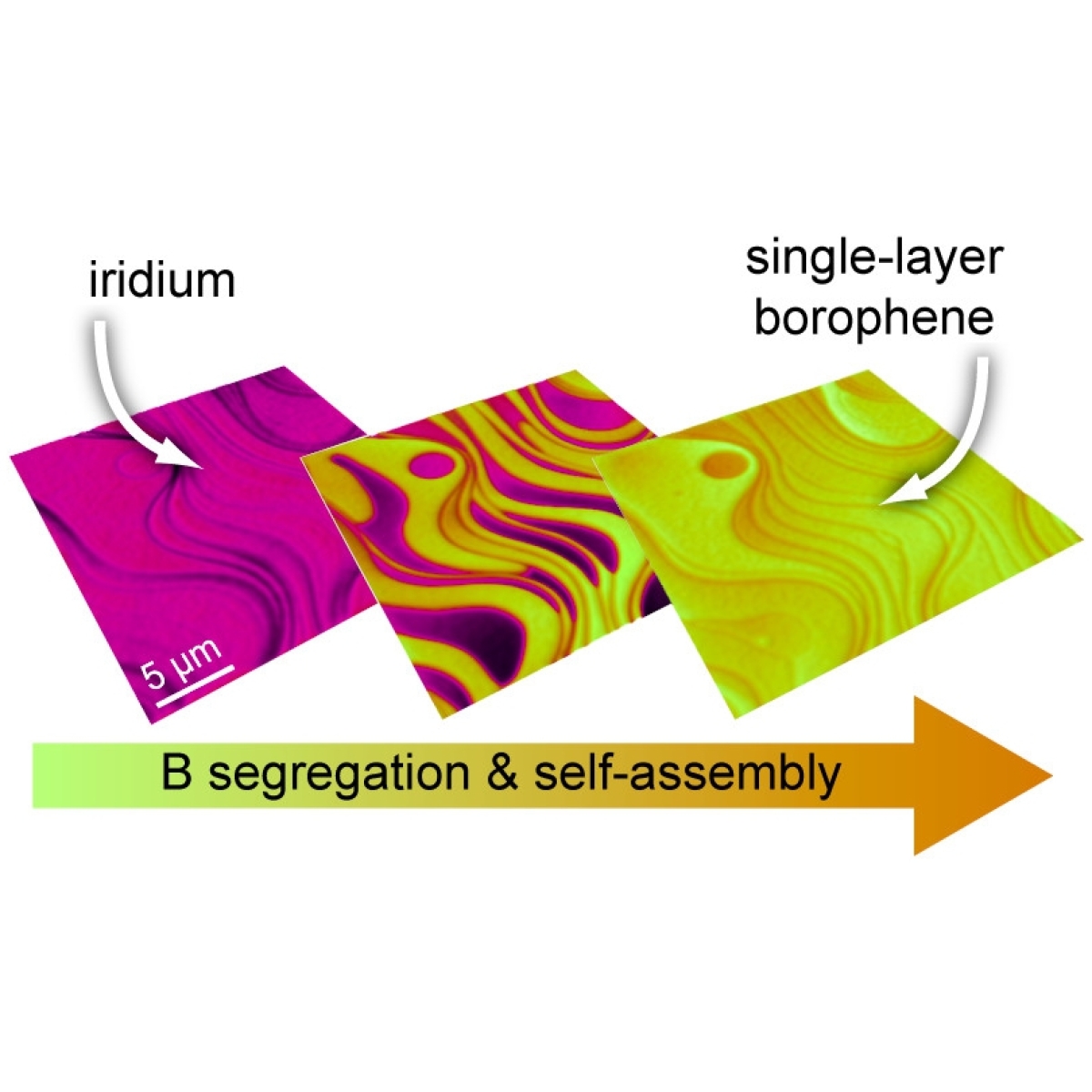
26.04.2021Synthesis of Large-Area 2D Material - Atomic Layer Pushes Surface Steps Away
Elbow mentality in a two-dimensional material: This has recently been discovered by an international team led by the Center for Nanointegration (CENIDE) at the UDE: The physicists succeeded in creating boron layers with a height of a single atom. While growing, the material simply pushes interfering steps on the substrate out of the way. The team published its results in the scientific journal ACS Nano*.
The team led by UDE’s Prof. Michael Horn-von Hoegen aims at producing the thinnest possible layer of boron, so-called borophene, since it promises properties that could enable the construction of two-dimensional transistors. The molecular beam epitaxy used for this purpose until now results in domains that are far too small. For more precise investigations and for use in technology, however, larger areas are needed.
With their newly developed method of "segregation-enhanced epitaxy", the team uses borazine gas and an iridium substrate. The essential components of borazine are boron and nitrogen atoms that are arranged in a hexagonal honeycomb structure. By heating the iridium sample in a borazine-containing environment, the boron molecules attach themselves to the surface, followed by the evaporation of the nitrogen. Above 1100°C, the boron moves into the iridium, because at such high temperatures the iridium can absorb additional boron atoms like a sponge – up to a quarter of its own volume. When the system has cooled down, borophene – the single-atom layer of boron – precipitates on the surface of the iridium crystal. In the process, it does not grow beyond surface steps of the underlying crystal but pushes them away in all directions to form areas as large as possible.
Next Step: Detachment
Experts from the Interdisciplinary Center for Analytics on the Nanoscale (ICAN), led by Professor Frank-J. Meyer zu Heringdorf, were able to prove beyond doubt that the areas are exclusively composed of boron atoms and that the nitrogen has disappeared from the sample.
In a next step, the researchers want to investigate how the borophene can be detached from the iridium substrate.
The publication was a result of a collaboration with physicists from the University of Cologne and the Center of Excellence for Advanced Materials and Sensing Devices in Zagreb (Croatia).
Image: Image sequence showing the evolution from the pure iridium surface (left, pink) to the fully borophen-covered surface of the sample (right, yellow-orange).
*Original Publication:
K.M. Omambac, M. Petrović, P. Bampoulis, C. Brand, M.A. Kriegel, P. Dreher, D. Janoschka, U. Hagemann, N. Hartmann, P. Valerius, T. Michely, F.J. Meyer zu Heringdorf, M. Horn-von Hoegen
„Segregation-Enhanced Epitaxy of Borophene on Ir(111) by Thermal Decomposition of Borazine“
ACS Nano, published online March 24, 2021
https://doi.org/10.1021/acsnano.1c00819
Further Information:
Prof. Dr. Michael Horn- von Hoegen, Experimental Physics, +49 203/37 9-1438, horn-von-hoegen@uni-due.de
Editor: Birte Vierjahn, +49 203/37 9-8176, birte.vierjahn@uni-due.de

15.04.2021Studienorientierung@home - Physik and Energy Science
There's no question about it - the current measures to curb the Corona pandemic don't exactly make your own choice of studies easy at the moment. The good news: You can still actively make your future plans! Visit our info lecture on Physics and Energy Science on April 20th 2021 at 3 p.m. online via Zoom. Registration is possible via the link below.
30.03.2021Faculty of Physics mourns the death of Prof. Dr. Werner Keune
The Faculty of Physics mourns the passing of Prof. Dr. Werner Keune, who died on March 27, 2021 as a result of cancer. With Prof. Keune, we look back on a versatile and successful scientific career, which significantly shaped experimental physics at the Duisburg-Essen site.
After his diploma thesis at the Technical University of Munich in 1965, he decided to work in the then new and challenging field of Mößbauer spectroscopy, and began his doctoral studies under Prof. Edgar Lüscher, which he continued in the meantime in Thousand Oaks, California, in the group of Prof. Ulrich Gonser. In 1969, Werner Keune returned to Munich to complete his PhD, with Nobel Laureate Prof. Rudolf L. Mößbauer as part of his examining committee.
In the same year, together with Dr. Alfred X. Trautwein a new group on Mößbauer spectroscopy at Saarland University in Saarbrücken, where he also met his future wife Ingeborg. From there he initiated many successful collaborations with groups in Hungary, India, and Japan, maintaining especially with the latter an exchange that lasted for many years. After his habilitation in 1975, Werner Keune followed a call to the Gesamthochschule Duisburg, today the University of Duisburg-Essen, and accepted a professorship in applied physics. Here he built up a new laboratory for Mößbauer spectroscopy, which is still in operation today.
During his career, he established a considerable reputation in his field, and undertook several years of research with close collaborators such as Prof. Yutaka Maeda and Prof. Teruya Shinjo (Kyoto, 1979), Prof. Brent Fultz (Pasadena, 1991), Prof. Dominique Givord (Grenoble, 1996) and Dr. Samuel D. Bader (Argonne, 1996). In the 1980s, an official cooperation was even established between Kyoto and Duisburg, which created the framework for a regular exchange of scientists between the universities. The cooperation with the scientists at the Advanced Photon Source (APS) in Argonne, near Chicago, a synchrotron radiation source, which went into operation in 1995 and still plays a pioneering role in research, is particularly close today.
In 2006, Prof. Keune retired, but remained an active member of the physics faculty throughout his life. His successor, Prof. Heiko Wende, brought his own methods and expertise from Berlin, but seamlessly continued Mößbauer spectroscopy, allowing the Wende research group to build on a wealth of experience and equipment. Prof. Keune continued to actively mentor group members from undergraduates to graduate students during his retirement years, and continued to actively participate in beam times at APS until 2016. Even in his final years, he was involved in the latest projects and planning, and shared his immeasurably valuable wealth of experience with the youngest and oldest members of the research group.
We are all grateful for the time we were able to spend with him, and consider him not only a much appreciated colleague, but also a good friend. We always remember with pleasure his ever-positive, helpful and cordial manner, which always distinguished him even in difficult times. We fondly remember the many years of harmonious and fruitful collaboration, but we equally mourn the loss of a patient mentor who helped many young scientists to start their careers.
We would like to express our deepest sympathy to all relatives, especially to his wife Ingeborg Keune, his children, grandchildren and friends.
On behalf of our colleagues and active and former employees of AG Wende and Keune, as well as the Faculty of Physics of the University of Duisburg-Essen.
Dr. Soma Salamon and Prof. Dr. Heiko Wende
25.03.2021Nanoschülerlabor becomes NanoSchoolLab - but despite Corona, operations do not stand still!
After 9 extremely successful years under the name "Nanoschülerlabor - Einsichten in die Nanowelt" there is a new name: NanoSchoolLab - Insights into the Nanoworld. This is because the lab is open not only to male school students but also to female students!
Although there are currently no groups of students in the NanoSchoolLab to conduct their experiments, the operation is by no means at a standstill. Julian Schröder, Amy Stein, Yanneck Trautmann from the Friedrich-Albert-Lange-School in Solingen (FALS) participated in the Jugend-Forscht competition 2021 and also relied on our lab.
As part of the Fridays For Future movement, they had intensively studied sustainable mobility and came across hydrogen as a potential energy carrier. Metal-organic framework compounds (MOFs), which are able to store large quantities of hydrogen due to their large reactive surface area, come into question as a storage medium.
In the NanoSchoolLab, they got tips on possible analysis methods from the head, Dr. Kirsten Dunkhorst. Advice on the production of the MOFs came from the University of Dortmund. The production of the MOFs and the measurements on the scanning electron microscope of the NanoSchoolLab were already planned for 2020 - but then had to be cancelled due to Corona.
However, this did not prevent the students from FALS from taking 2nd place in Jugend forscht with their theoretical work! We congratulate them and look forward to their visit in order to carry out the measurements in the NanoSchoolLab after all and perhaps land on 1st place in the next trials.
23.03.2021On the road with the mouse - 6 physicists at the accelerator
What does the mouse do on her birthday? Celebrating, of course, but afterwards she immediately went back to her favorite hobby: Research. She accompanied a team of six physicists led by Andreas Wucher to the UDE's own experimental station at the heavy ion accelerator at GSI in Darmstadt.
It has long been known that a material can be sputtered by shooting ions at it. This works in a similar way to sandblasting. But what happens when you make the ions go faster and faster? At first, the sputter yield decreases, but then with even faster ions it increases again very strongly. With very fast ions, sandblasting is virtually ineffective, but the electrons of the material are excited to such an extent that the secondary processes triggered by this increases the sputter yield. The team has now studied this process and the role played by the material in detail. For six days - around the clock.
The research project is funded by the BMBF.
15.03.2021freestyle-physics as a video competition – With brains and cell phone
By Ulrike Bohnsack 15.03.2021
Sorry, dear parents. Now the apartment becomes a laboratory - freestyle-physics begins! The big student competition of the UDE takes place for the 20th time and, as last year, online. The task is to solve one of three problems. In addition to brains, a cell phone is also needed, because the finished construction and the way there are to be filmed. In addition, the university's physics team is launching a swarm project for which it desperately needs help.
"Build a windmill or a kaleidoscope without using ready-made components; make crystals grow with non-hazardous ingredients. These are the freestyle-physics homework assignments this time; they are described in detail on our pages," says Dr. Andreas Reichert. Anyone in grades 5 through 12 can participate. "You should film with your smartphone how you plan and build and what the result looks like." The video must be uploaded to the competition homepage by June 11.
"There are not only these three tasks. We would like to experiment together with you and weigh air molecules," Axel Lorke, inventor and head of freestyle-physics, asks for support: "You will also need your cell phones for this. Many have very sensitive pressure sensors, which are used to estimate altitude meters when hiking, for example. Such sensors can be accessed via a free app. What you should do? Provide us with measurement results. We'll evaluate your data and determine how heavy an air molecule is on average."
Will the swarm project succeed? That will be revealed on June 25, when the grand online finale of the physics competition takes place. A jury will then award prizes for particularly creative windmills, kaleidoscopes or crystals, as well as environmentally friendly ideas and original videos. The best will be published on the freestyle-physics YouTube channel.
More information:
www.freestyle-physics.de
Tasks-2021
Dr. Andreas Reichert, Physics, andreas.reichert@uni-due.de
Editorial office: Ulrike Bohnsack, Tel. 0203/37 9-2429, ulrike.bohnsack@uni-due.de
08.03.2021Energy Science - a short trailer introduces our study program
With a new video we present very compactly the philosophy behind our study program Energy Science.
The future supply of mankind with energy is a global challenge for science. This involves a wide range of questions concerning natural resources, the climate and nutrition.
"Energy Science" at the University of Duisburg-Essen is becoming an increasingly popular bachelor's degree program throughout Germany. In addition to the fundamentals of natural science, we provide students with a sound physical knowledge of all forms of energy, energy transport and energy consumption.
The year abroad at renowned partner universities in very different regions of the world represents a special highlight. From Trondheim to Thessaloniki, from Granada to Hong Kong, from Brazil to Taiwan. In addition to the country and its people, students get to know their field from the perspective of other cultures.
Energy Science – shape the future.
08.03.2021Overview of professors in our faculty
After several new professors have been appointed in the last months, an overview of all professors in our faculty of physics should help you to get an overview.
04.03.2021Swap California for Duisburg - NRW returnee: Dr. Christopher J. Stein
It's probably not the weather, perhaps more the almost 1.25 million euros from the NRW Ministry of Science: Dr. Christopher J. Stein is receiving these funds to set up a research group on battery research at our Faculty of Physics. His field of work "physicochemical processes at interfaces" not only opens up many connection possibilities to our Collaborative Research Centers and to the Cluster of Excellence RESOLV, but also fits perfectly into the research program of NETZ, where Mr. Stein will set up his office with part of his group and benefit from the excellent working conditions.
17.02.2021Deanery confirmed for another 4 years
During the 101st Faculty Council meeting on February 3, 2021, the Dean's Office of the Faculty of Physics was unanimously confirmed for another 4-year term:
Dean (top left)
Prof. Dr. Michael Schreckenberg
Vice Dean (top right)
Prof. Dr. Horn-von Hoegen
Vice Dean (bottom left)
Prof. Dr. Rolf Möller
Dean of Studies (bottom right)
Prof. Dr. Hermann Nienhaus
18.01.2021WDR-Lokalzeit reports on Mars research at AG Wurm
Everyone is interested in what it looks like on our neighboring planet Mars - including the journalists from Lokalzeit Duisburg.
That's why they first visited the research group of Prof. Dr. Gerhard Wurm from our Faculty of Physics to hear Dr. Jens Teiser explain their latest experiments on the atmosphere on Mars. The return visit as a studio guest at the WDR was then taken over by Gerhard Wurm.
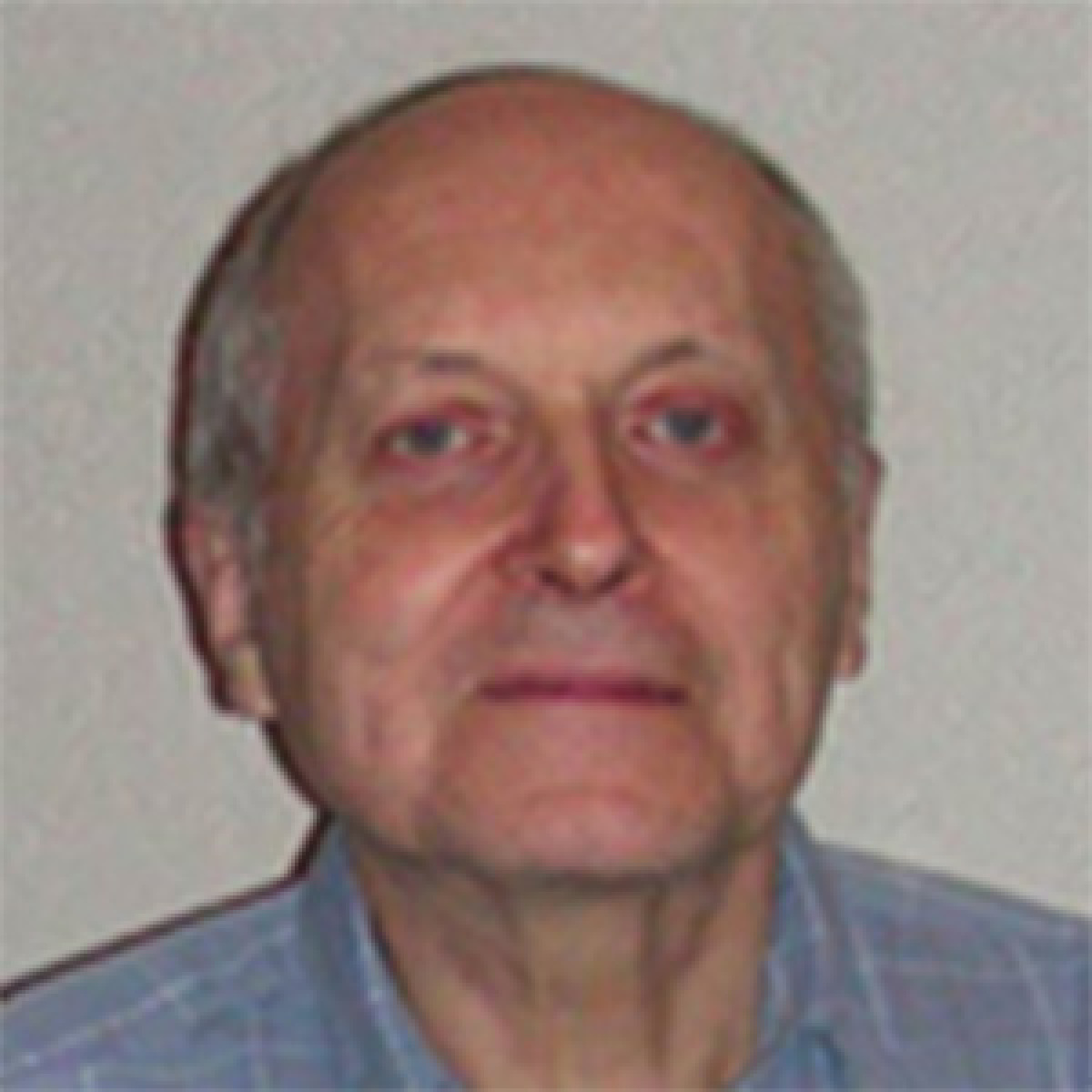
18.01.2021Obituary Professor Petr Braun
Professor Petr Braun, member of the research groups Haake and Guhr for many years, passed away on December 27th, 2020, after a short malignant disease.
Petr Braun was born in Novokaschirsk (Moskau region) in 1943. In 1960 he began studying physics and mathematics at Leningrad State University where he earned his Diplom in 1965. He continued there, became in 1971 candidate and in 1984 Doctor of the Sciences Physics and Mathematics. From 1993 to 2005 he held a chair in theoretical physics, particularly quantum theory, at Leningrad State University.
In 2001 Professor Fritz Haake invited him to Essen University. A longer stay was planned, it became a relocation to Essen, later Duisburg-Essen. Petr Braun was member of Fritz Haake's group until 2007 and thereafter of Thomas Guhr's group until his sudden and unexpected death.
Petr Braun war an internationally renowned theoretical atomic physicist with profound knowledge of all aspects of quantum physics. His analytical and numerical mathematical skills were legendary. He was very successful first in the collaborative research center SFB 237 "Disorder and Large Fluctuations", then from 2003 to 2015 in the transregional collaborative research center SFB/TR 12 "Symmetries and Universality in Mesocopic Systems". He quickly became an leading expert in semiclassics and contributed significantly to the justification of the Bohigas-Giannoni-Schmit conjecture.
Petr Braun was broadly interested, cultured and well-educated, also much beyond physics. He was always friendly, helpful and caring to the students and highly valued by friends and colleagues all over the world. We lost a great researcher and a wonderful person. Our thoughts are with his family and his loved ones.
Thomas Guhr
13.01.2021WDR-Lokalzeit reports again about our faculty - Balance: The Corona Semester
WDR-Lokalzeit Duisburg takes stock of the Corona semester 2020/2021. Energy Science students Carmen Zaitz and Eike Gilcher report on their experiences. Dr. Florian Mazur is the studio guest and answers questions.
04.01.2019Everything on red - EU project on Martian dust
Mars is the direct neighbor to Earth - barren and fascinating at the same time. Much on the red planet is mysterious, such as the large clouds of dust and ice. An international team, including UDE physicists, wants to close some of these gaps in our knowledge. The RoadMap* project is funded by the EU through the Horizon 2020 program for three years with about 1.5 million euros.
Hardly any other planet in our solar system is as similar to Earth as Mars, which is why space research is particularly interested in it. Space probes and landers have been exploring Mars for over 50 years. It is not really inviting: rutted by volcanoes and craters; rusty dust on the ground and in the atmosphere. It's iron oxide that stains the surface red.
"It's a funny idea that after the moon, humans will set foot on this planet in the foreseeable future," says astrophysicist and Mars researcher Professor Gerhard Wurm. "Mars is still close enough to get there, and it's technically feasible, although it's a bit extreme here and there in terms of atmosphere and temperature. It's cold and very dry, and there's always dust everywhere. It's much more important for the climate on the red planet than dust is for the Earth."
That's because dust is distributed around the planet by atmospheric winds and heats up or cools down Martian weather in the form of storms and clouds - depending on the season. Too little is still known about this cycle and also about the properties of the dust particles themselves. How do dust storms, which can sometimes envelop the entire planet at once, begin, grow, and end? How do the swirls affect the atmosphere? These are two of the questions to be answered in the project.
Professor Wurm's astrophysicists have already conducted research on Martian dust devils - which are particularly violent storms that form during good weather. "We will investigate how small impacts affect the surface of Mars, how dust gets into the atmosphere, and whether electrical charging also plays a role on Mars. After all, this can trigger imposing lightning in dust storms on Earth."
To this end, the UDE team will be experimenting in wind tunnels, in the terrestrial laboratory and probably also in parabolic flight under real Martian gravity. The gravity is only one-third that of Earth. "Mars," Prof. Wurm enthuses, "is a rad planet and just a super cool research field for us."
* RoadMap stands for "ROle and impAct of Dust and clouds in the Martian AtmosPhere." Physicists and engineers from four nations are working together. They come from UDE, the Royal Belgian Institute for Space Aeronomy (BIRA-IASB), which is also the project leader, Denmark's Aarhus University, and two Spanish institutes.
Picture:
NASA's Curiosity rover on Mars. The rover has cameras and various instruments to study rocks, atmosphere and radiation. The selfie is from mid-November 2020.
Further information:
Prof. Dr. Gerhard Wurm, Experimental Astrophysics, Tel. 0203/37 9-1641, gerhard.wurm@uni-due.de
Editorial office: Ulrike Bohnsack, Tel.0203/37 9-2429, ulrike.bohnsack@uni-due.de


